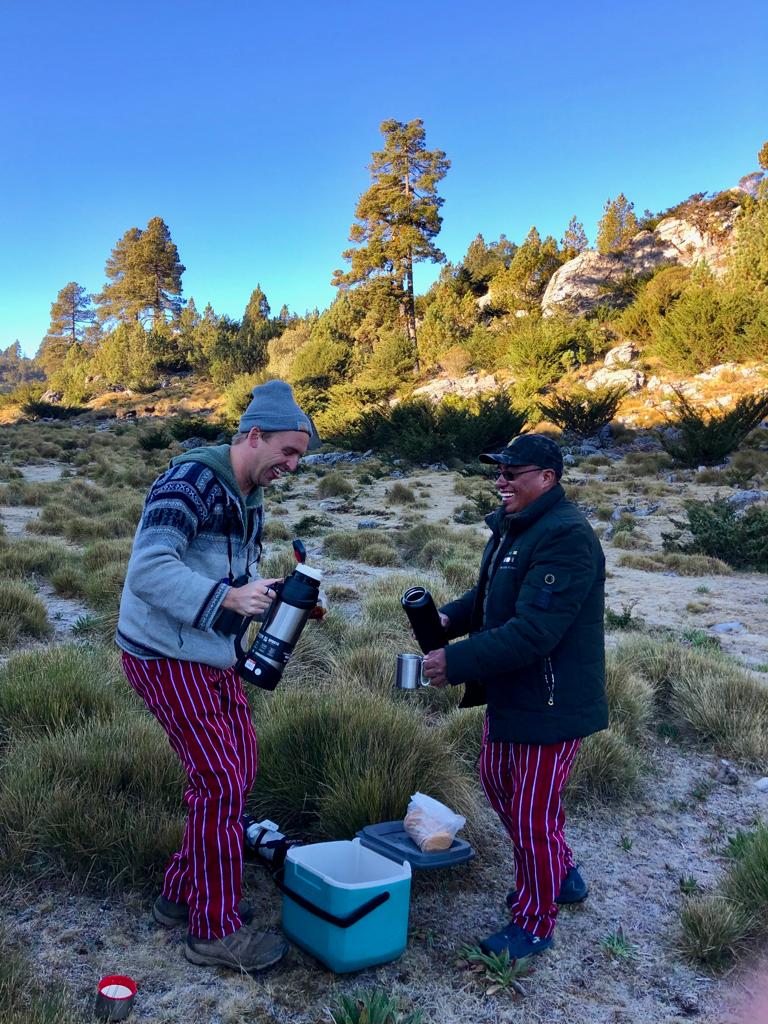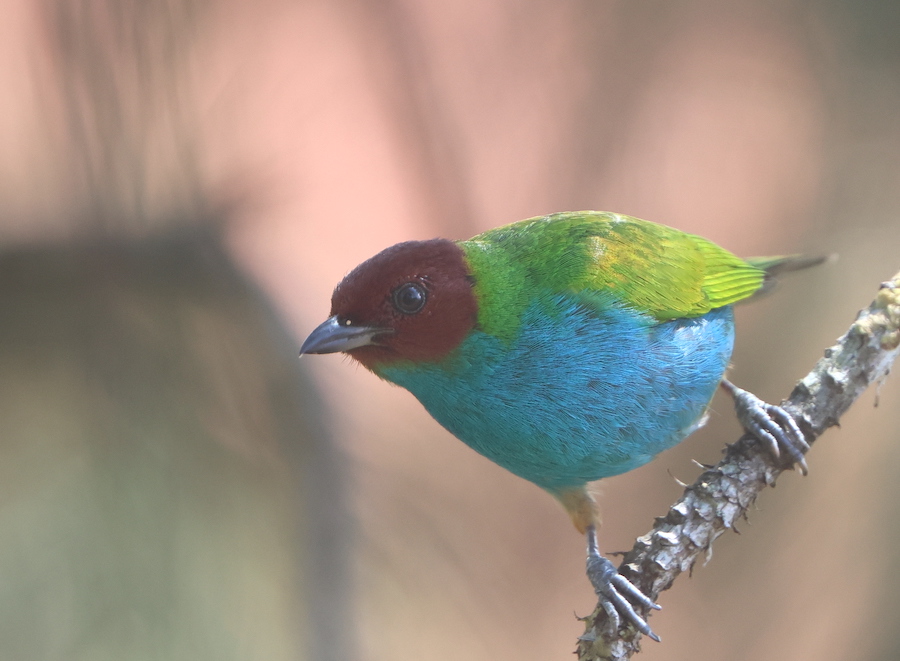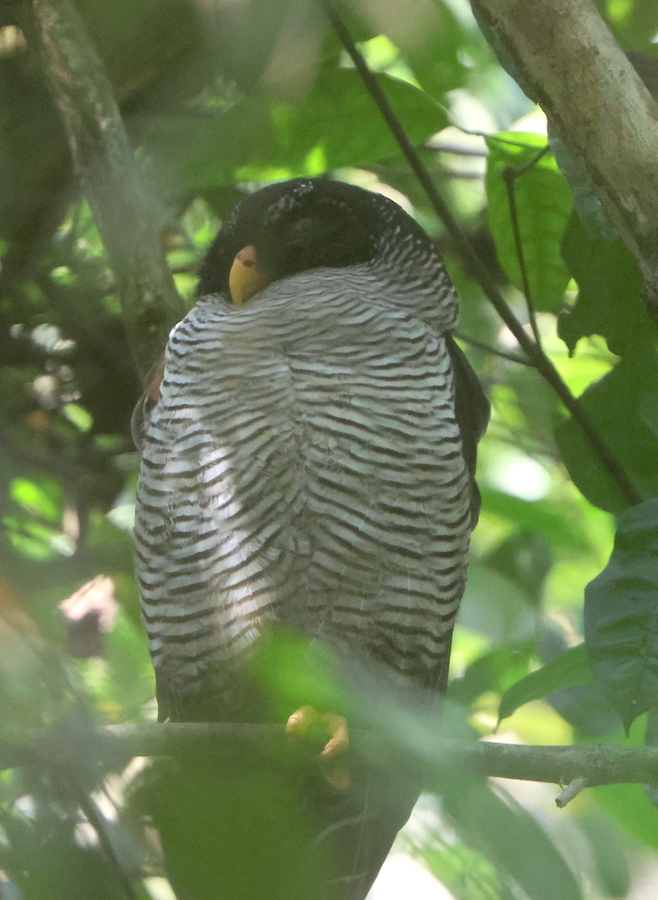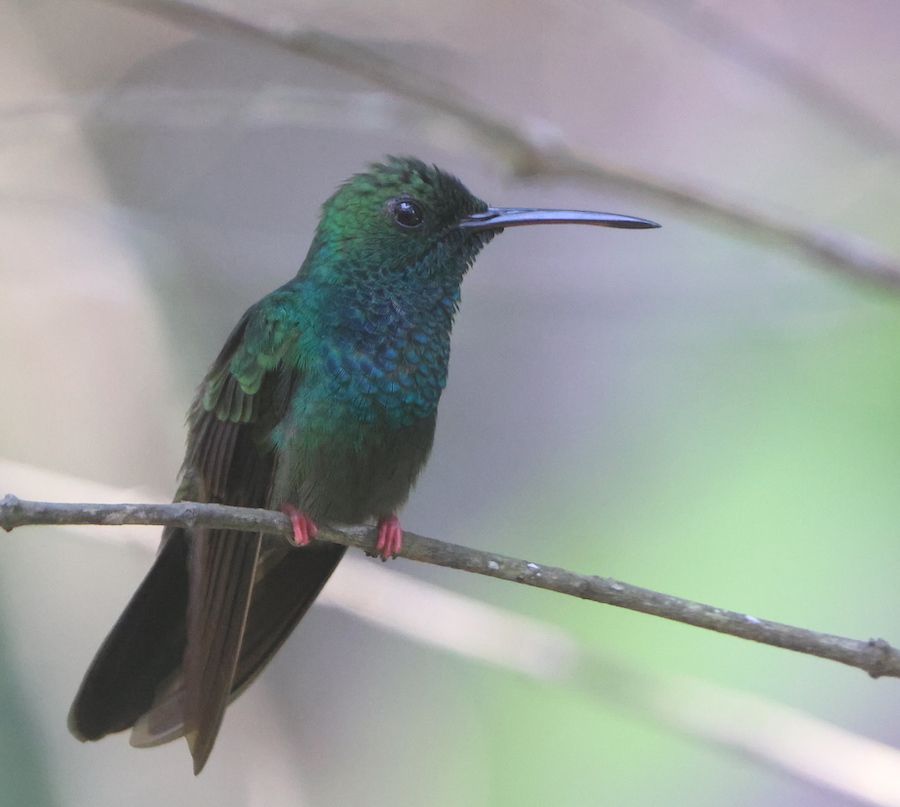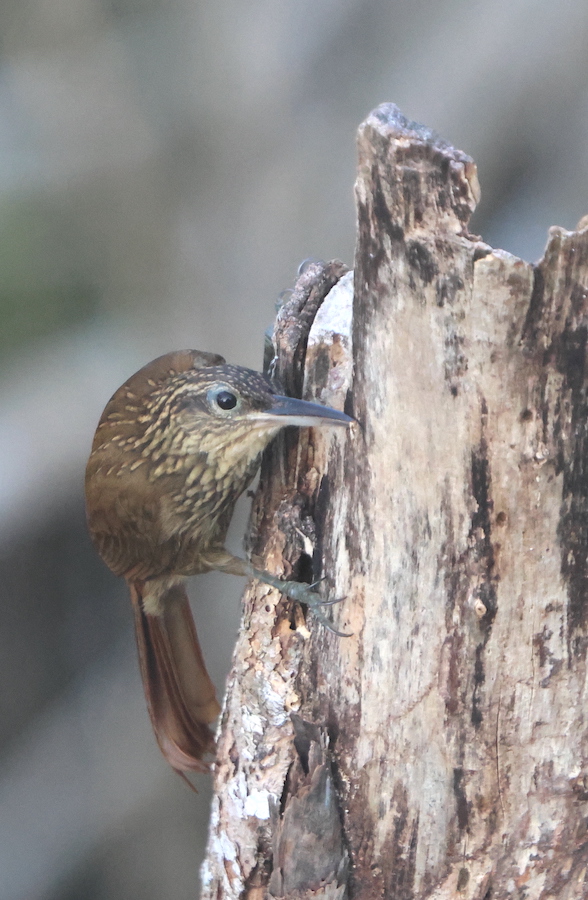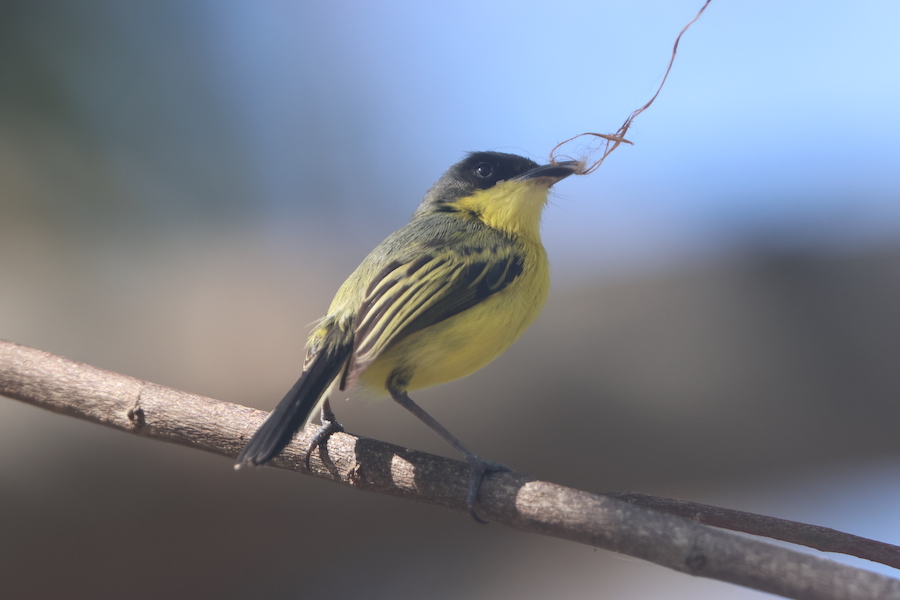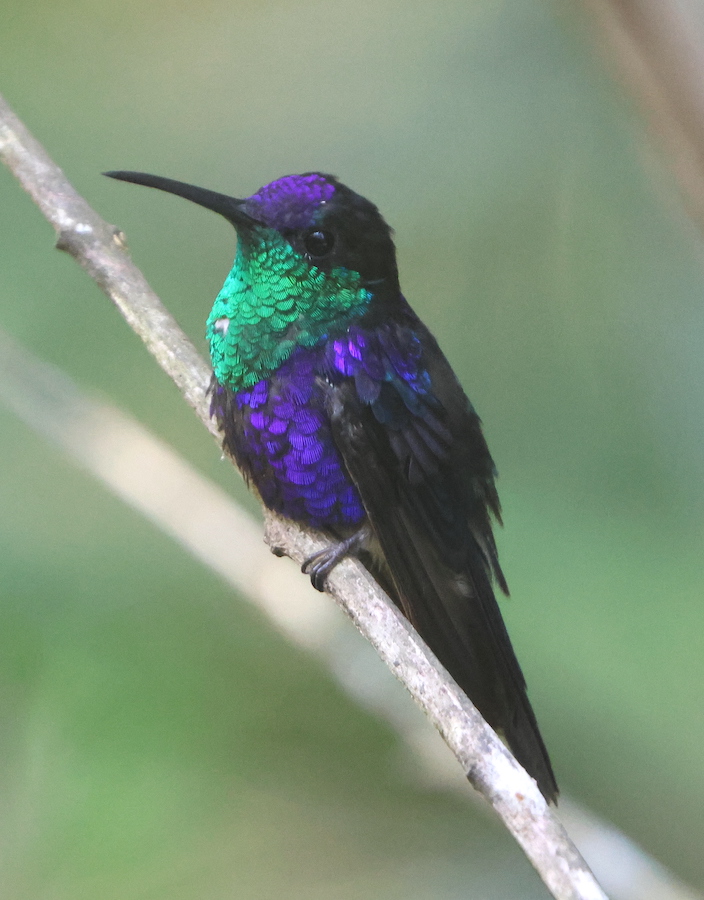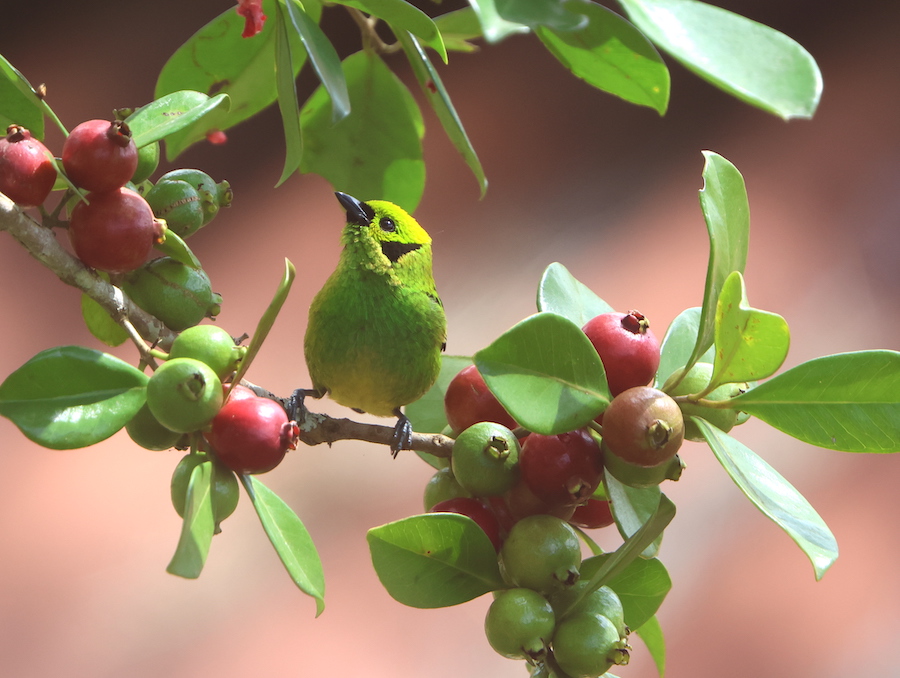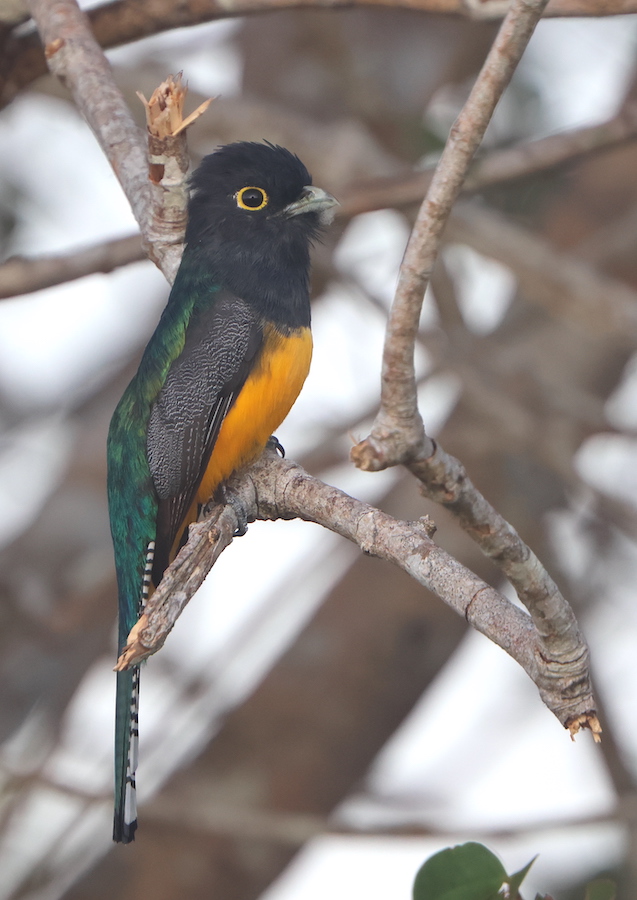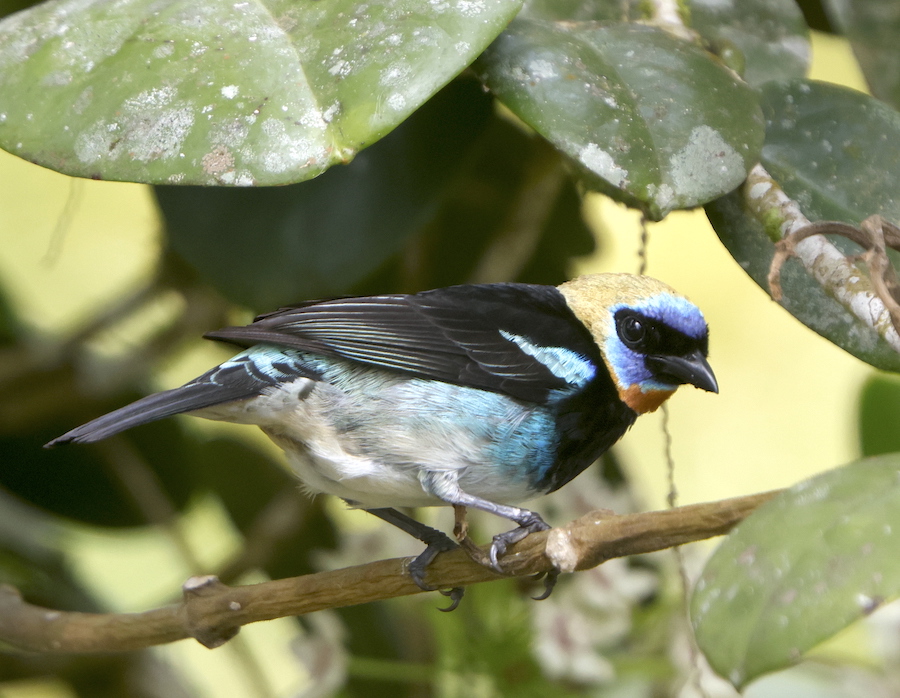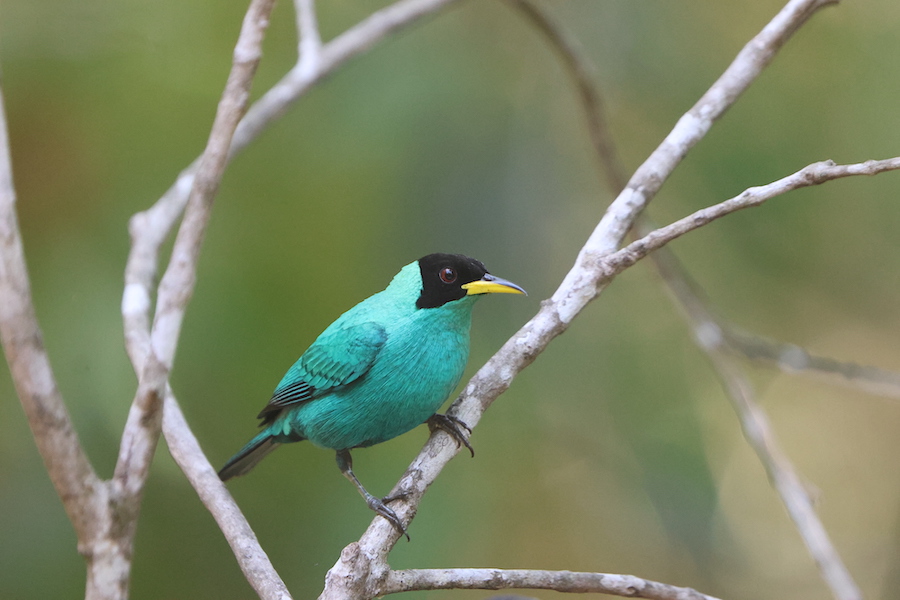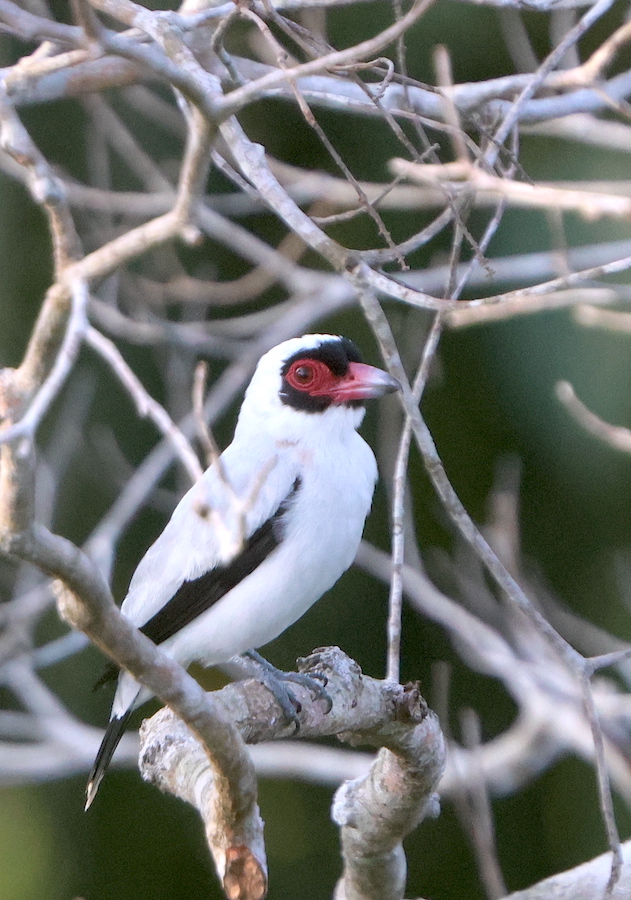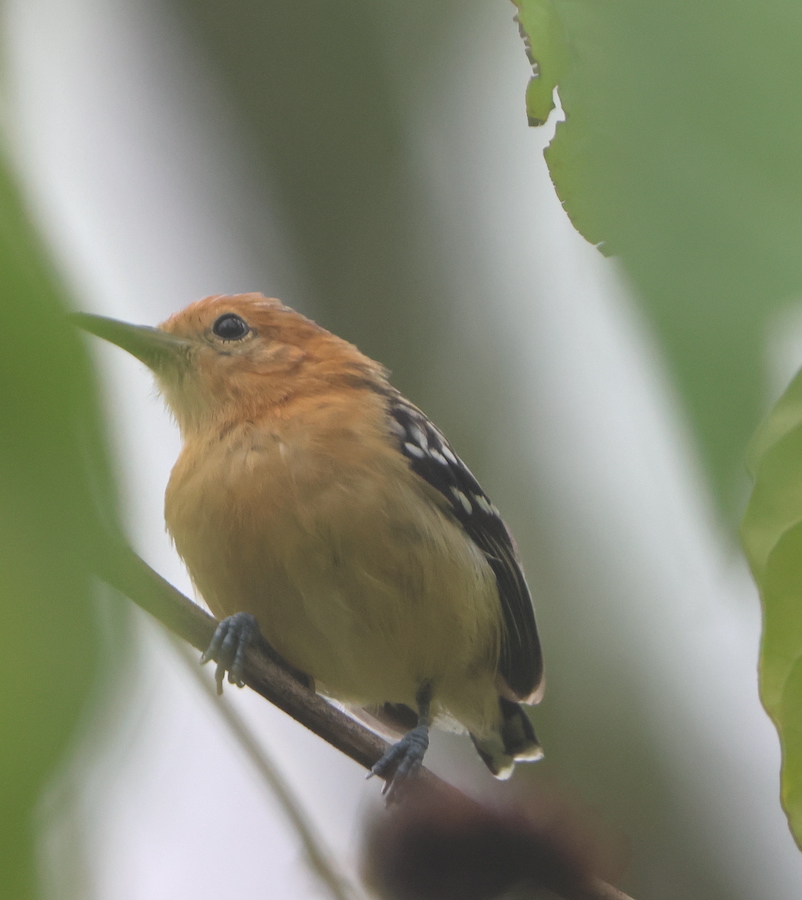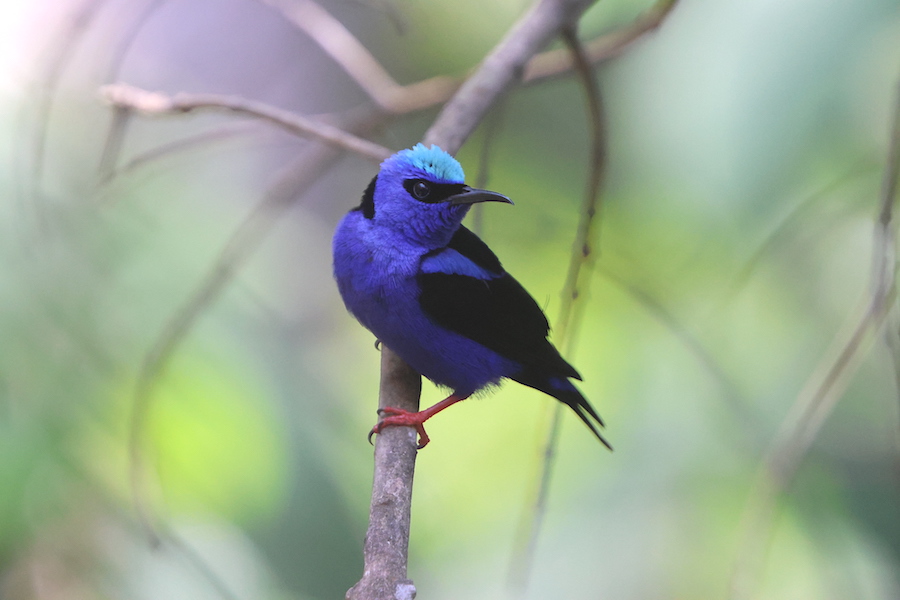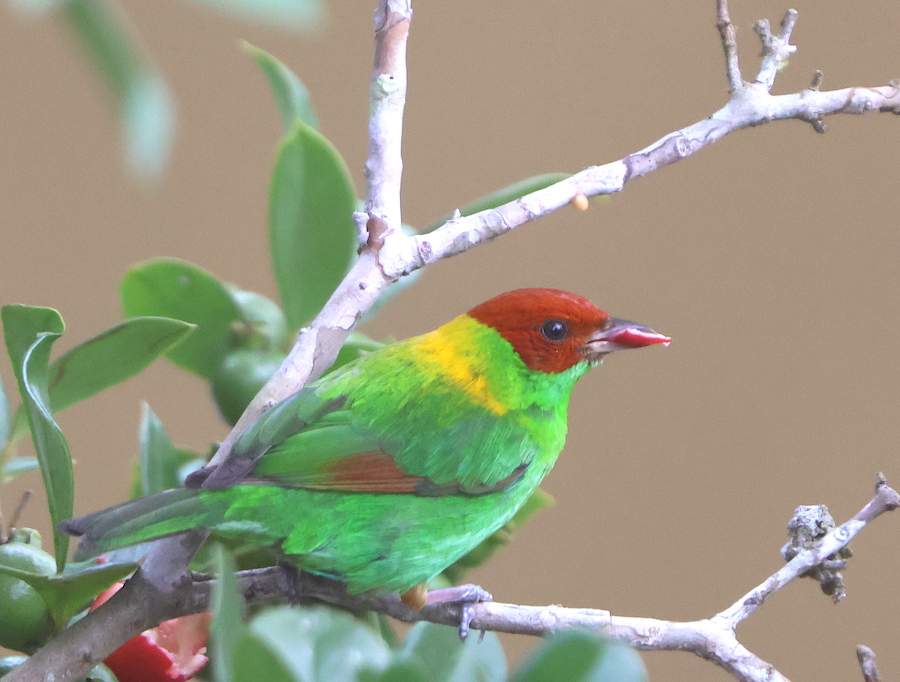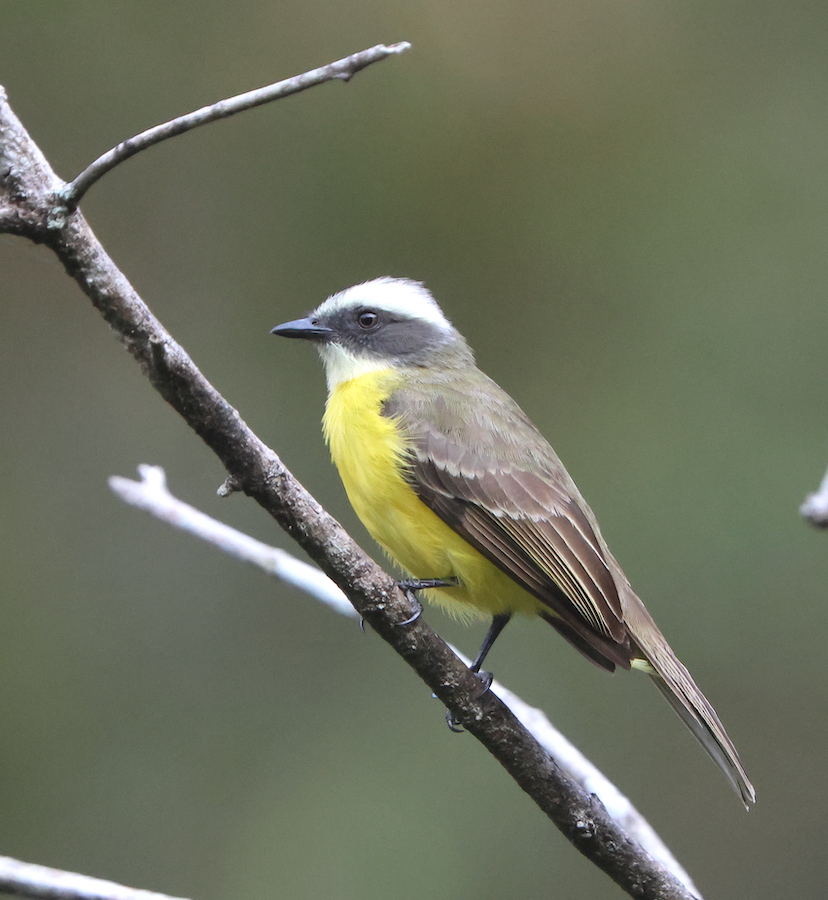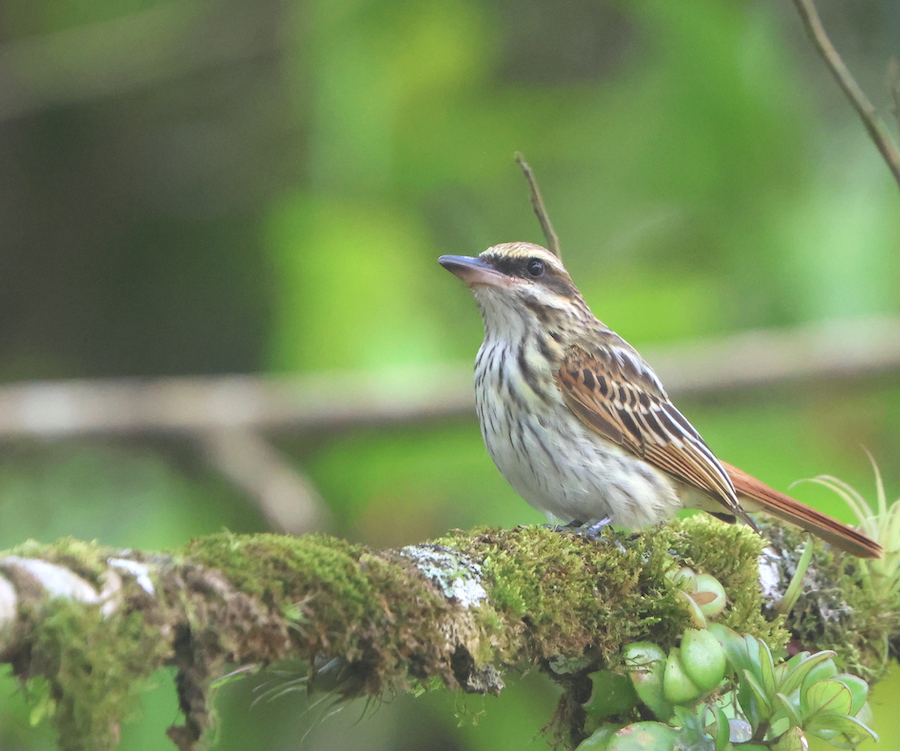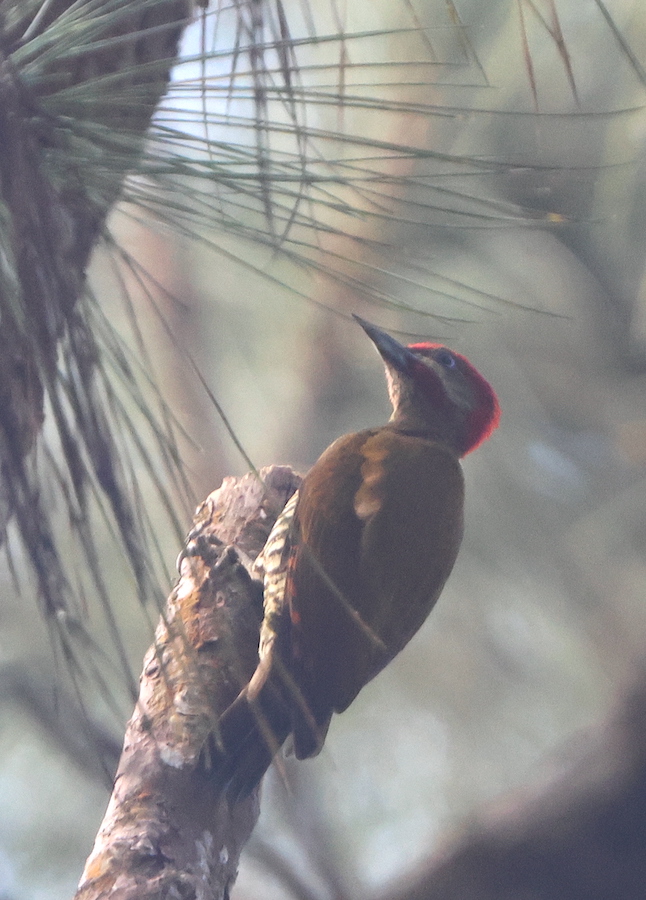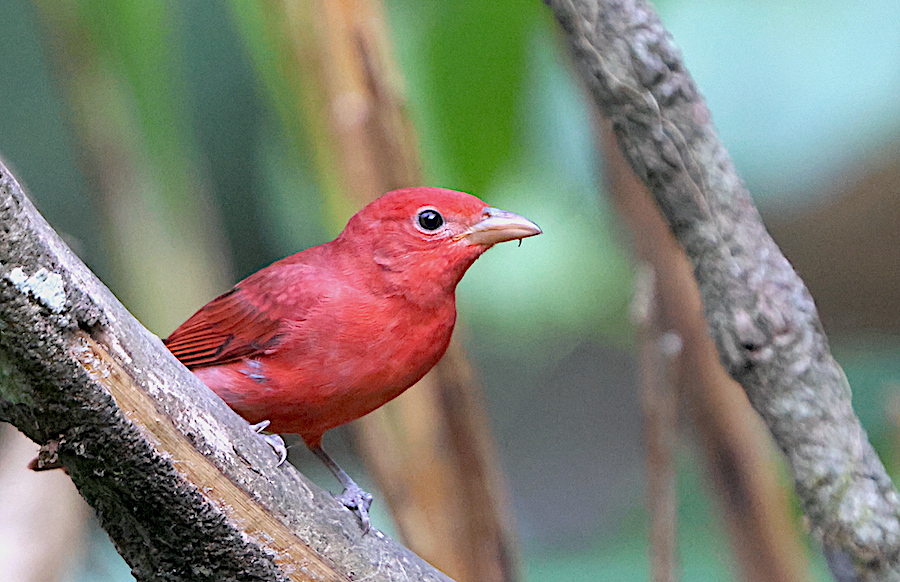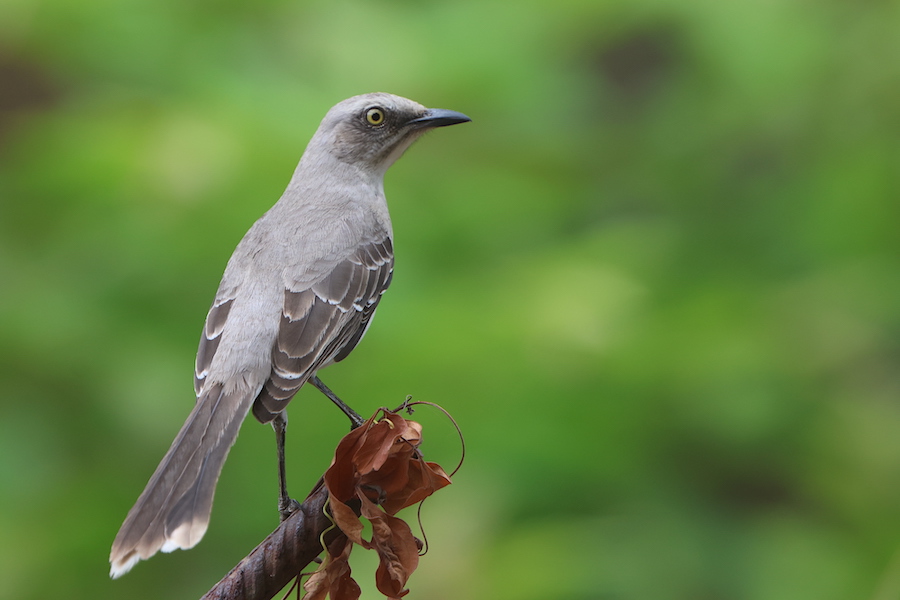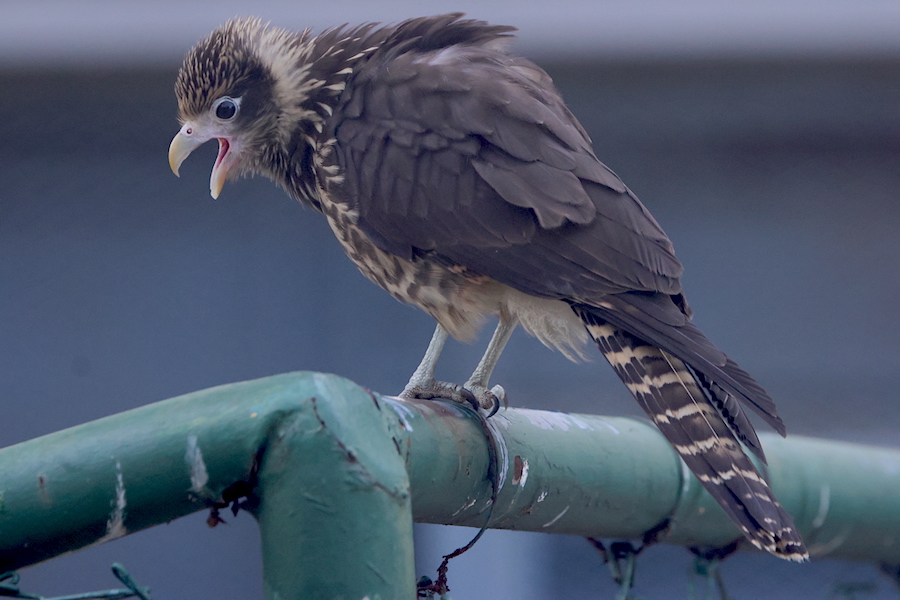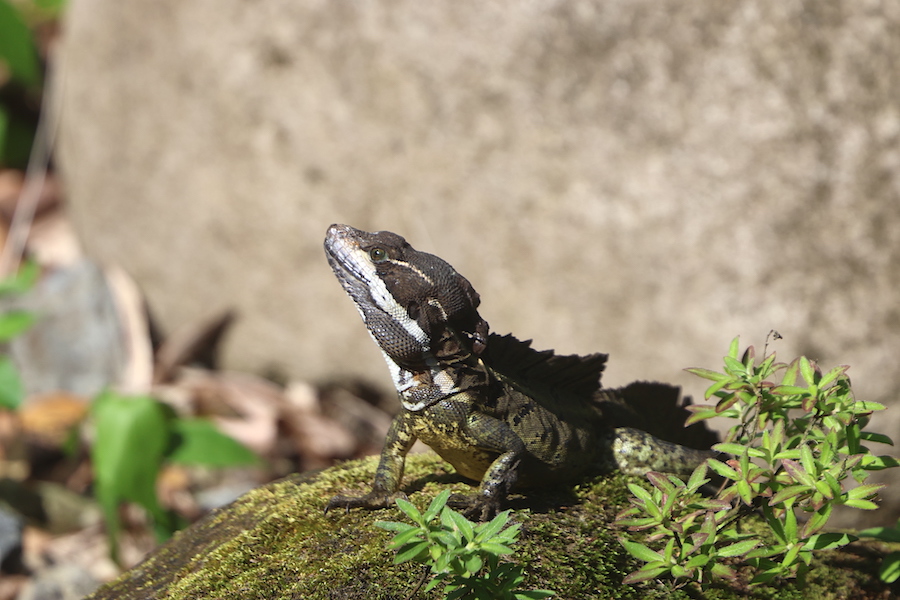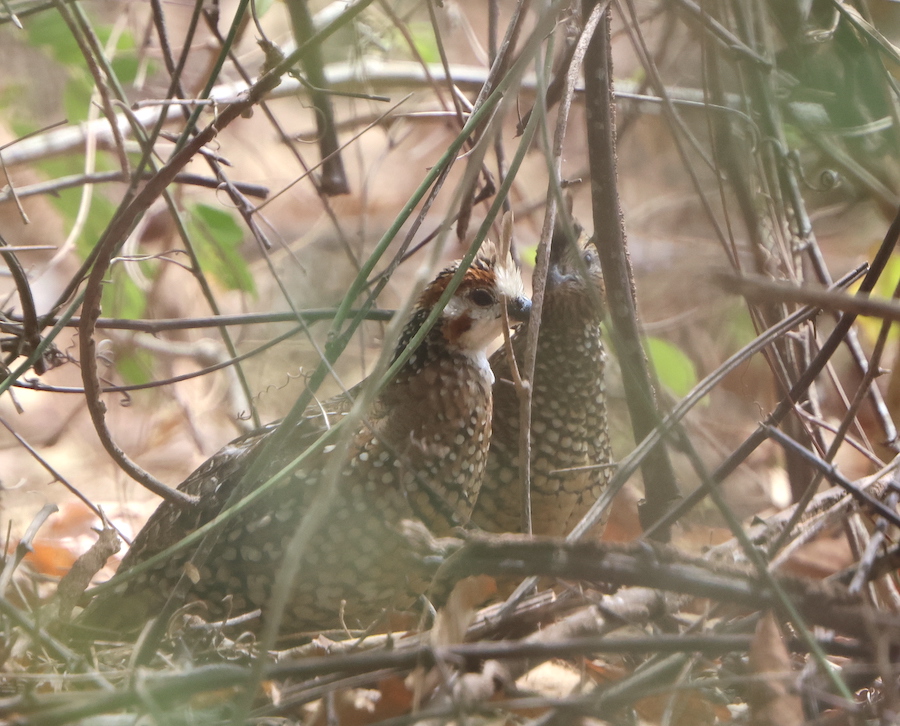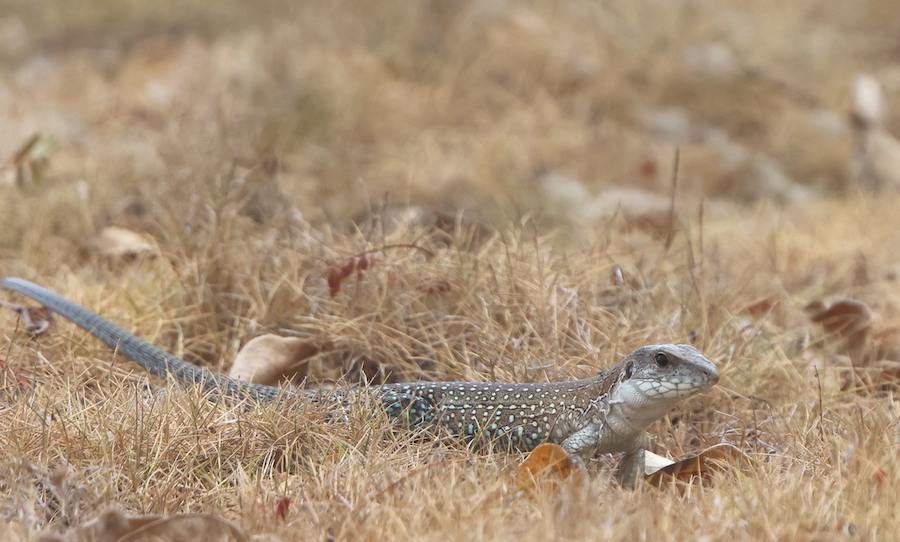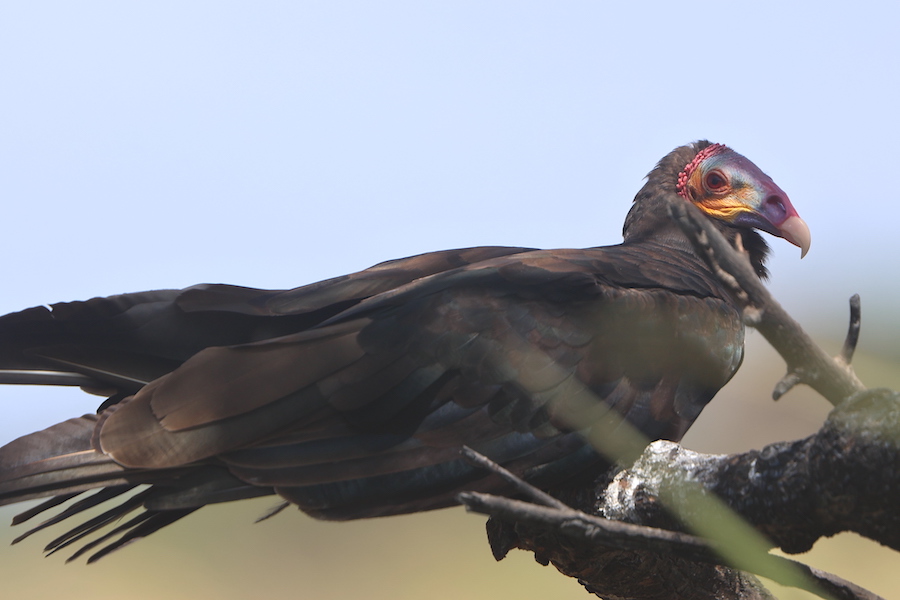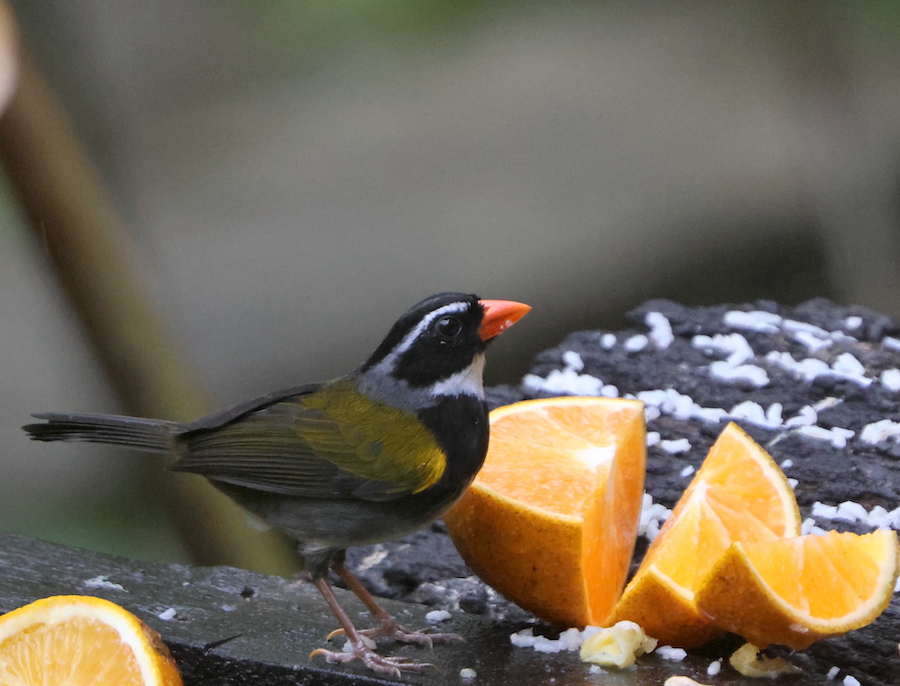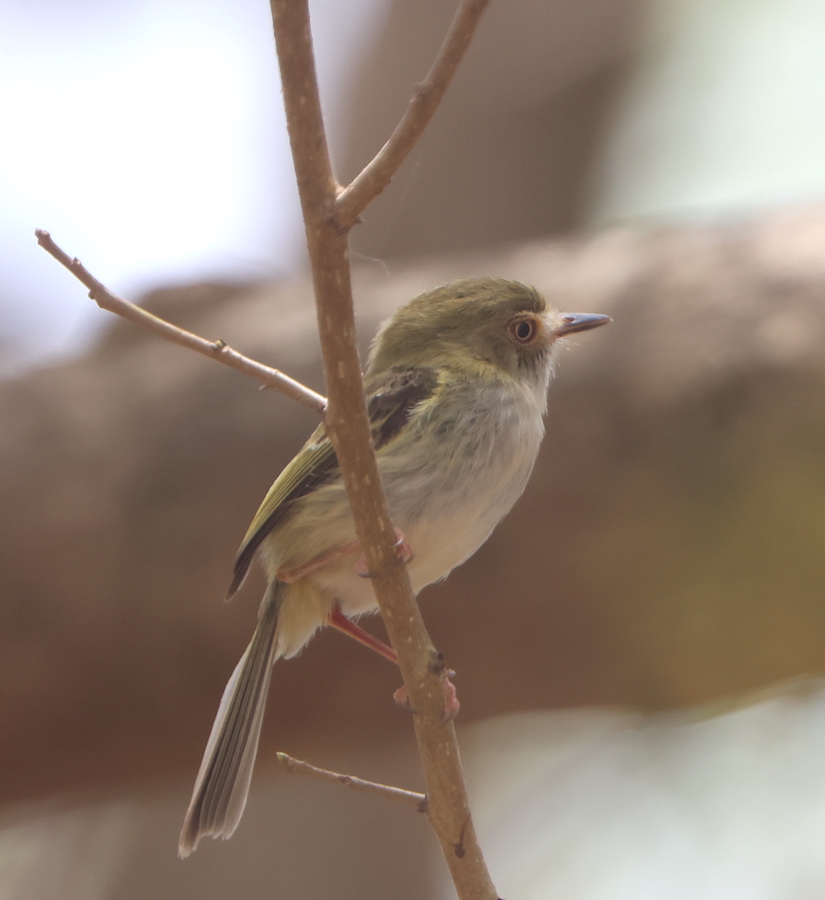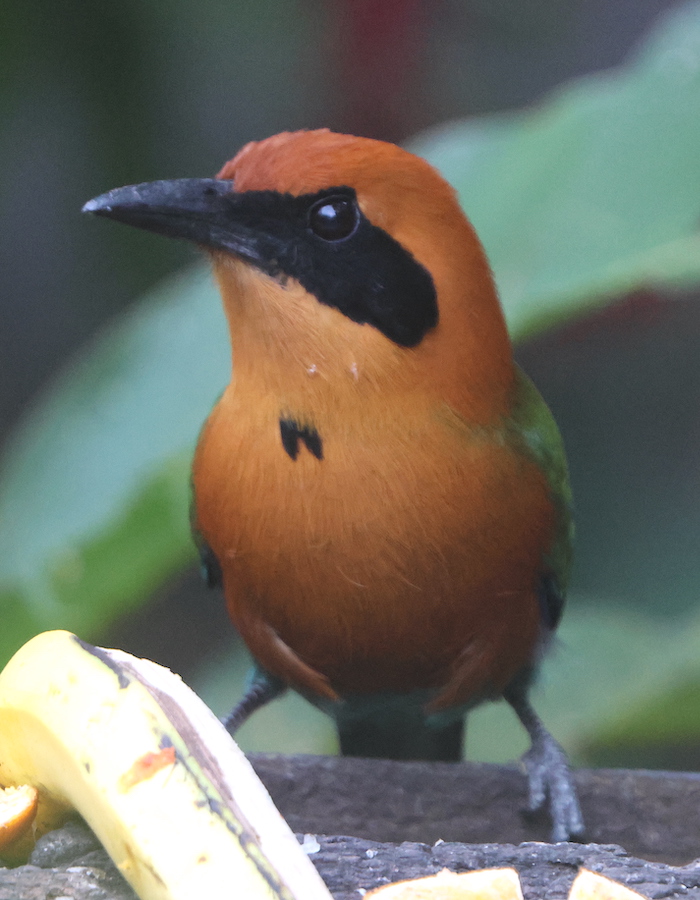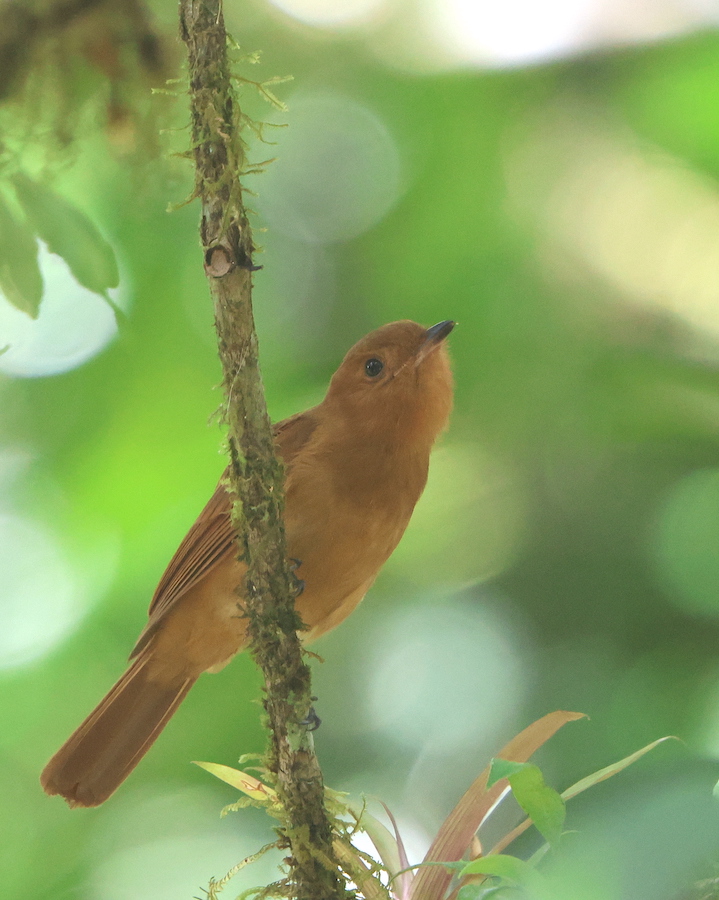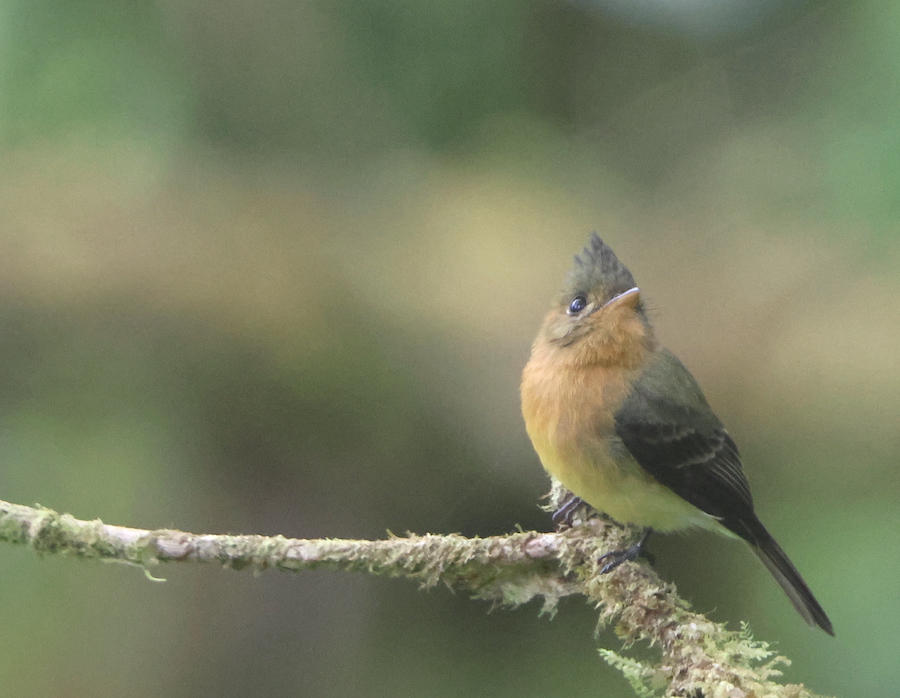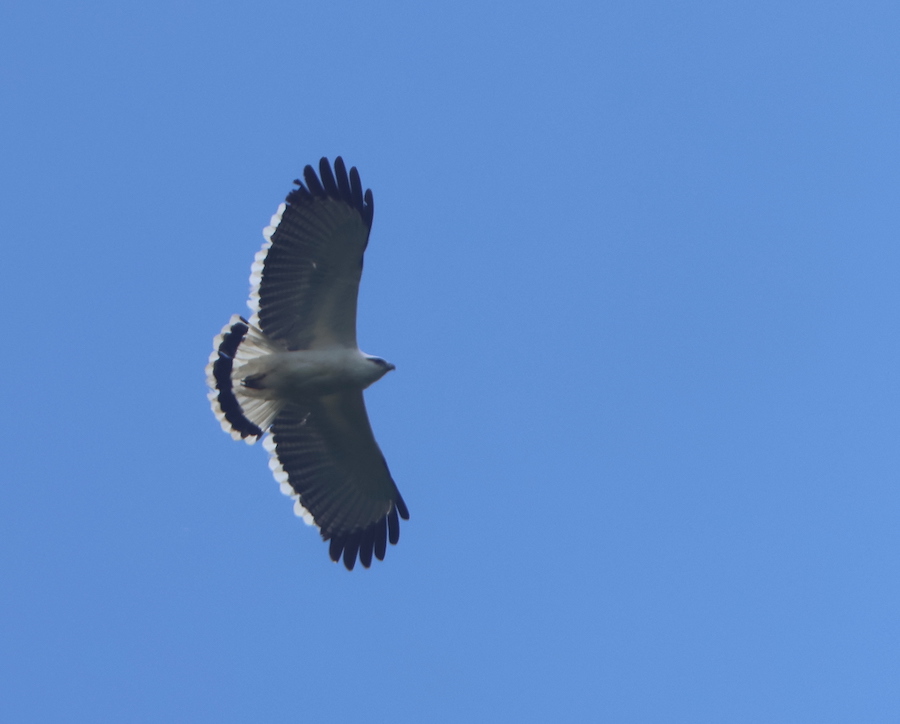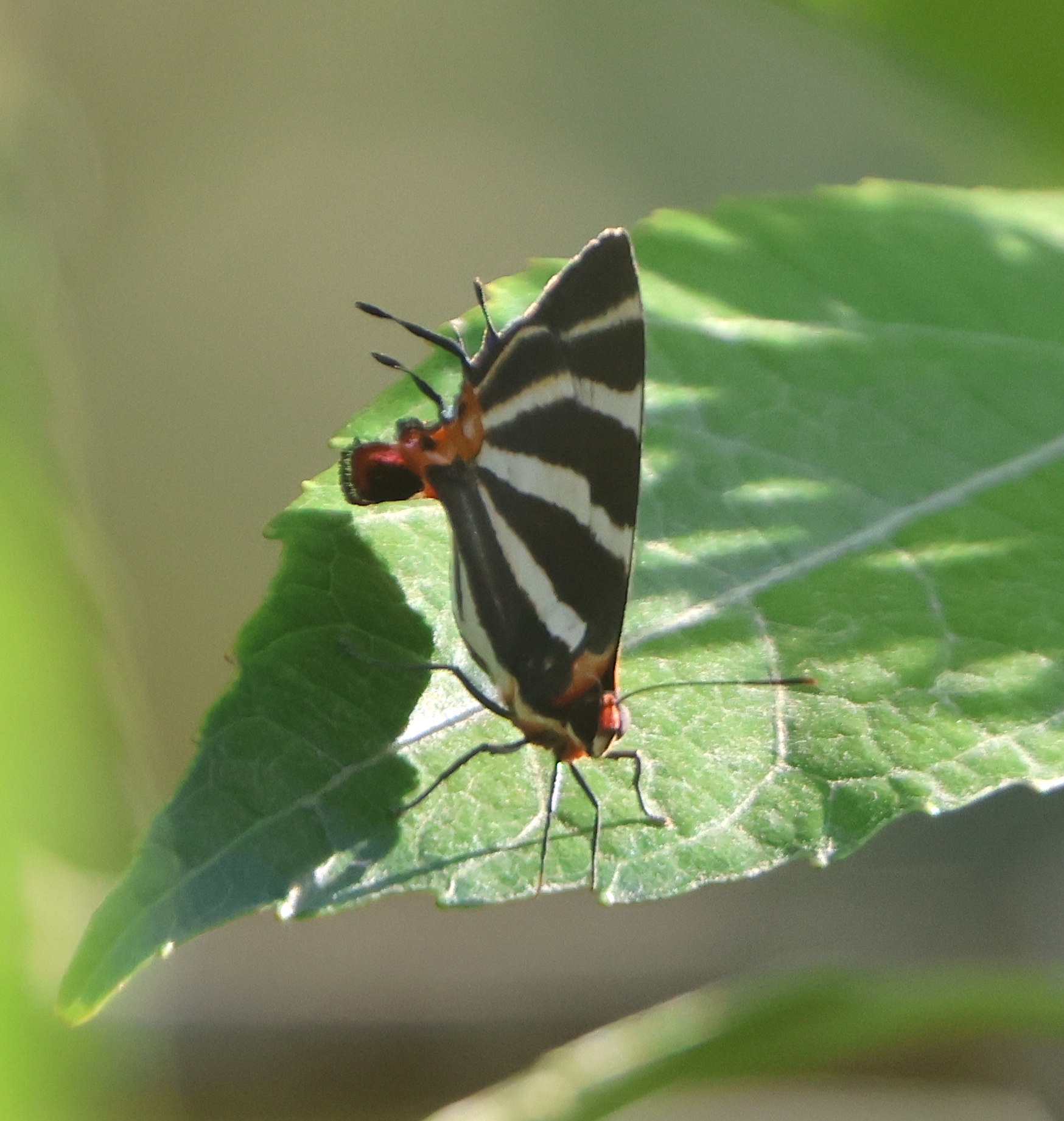From the Field
June 27:
Paul French and WINGS have returned to Mongolia
Our 14th tour to Mongolia (and first since the pandemic) was a great experience, with a wonderful selection of desert, steppes, wetland and taiga species. Everyone has their own highlights of course, whether it wasthe displaying Oriental Plover, the surprise Relict Gull, the too-close-to-focus-on Black-billed Capercaillie, the much-wanted Hodgson’s Bushchats or something much more unexpected such as the incredible Pallas’s Cat that sat within a few yards of us. No one saw that coming! The sheer number of wetland birds is always a pleasure, whether it be the dancing flocks of White-winged Terns or the good looks at many of the shorebirds including five Asian Dowitchers and a pair of Tibetan Sand Plovers. We not only got to experience an amazing slice of nature, but by camping out in the wilds (both under canvas and in Ger camps) we became part of it. Mongolia always delivers some great birding in some spectacular scenery.
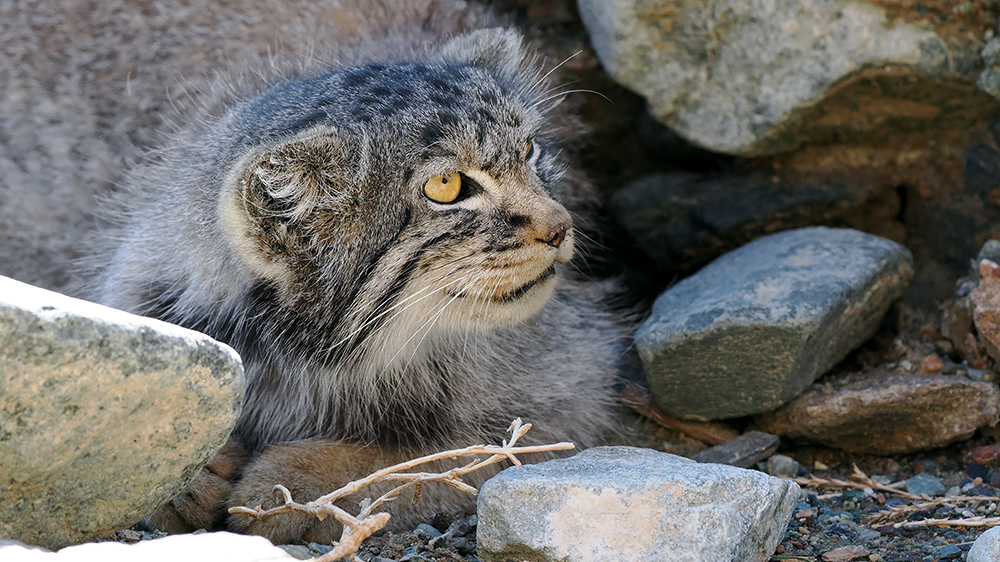
Pallas's Cat
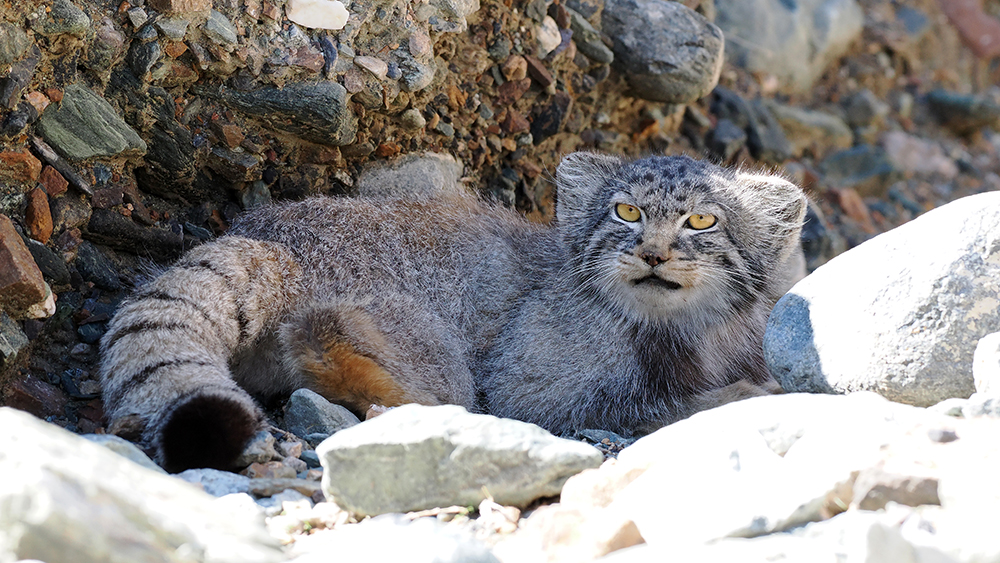
Pallas's Cat
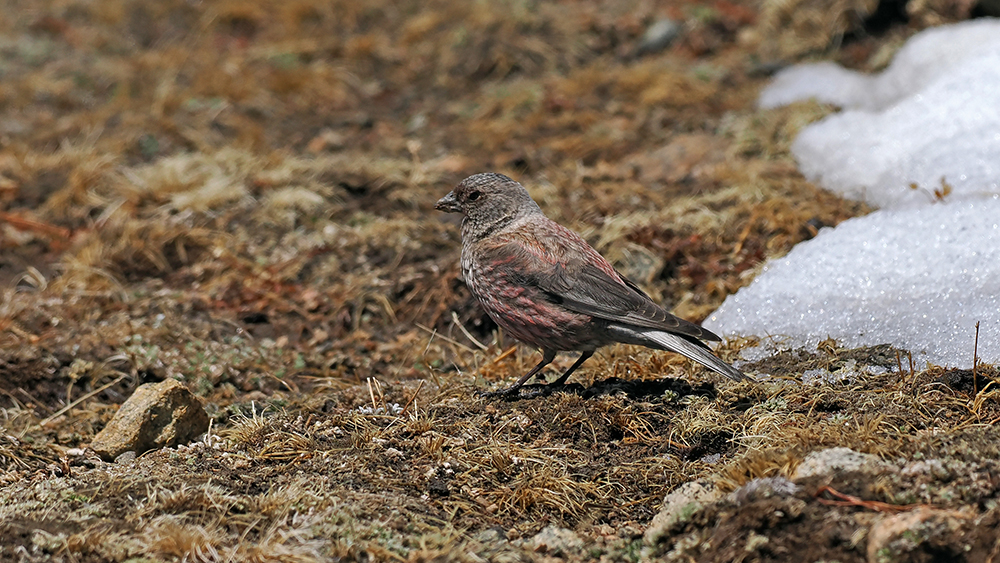 Asian Rosy-Finch
Asian Rosy-Finch
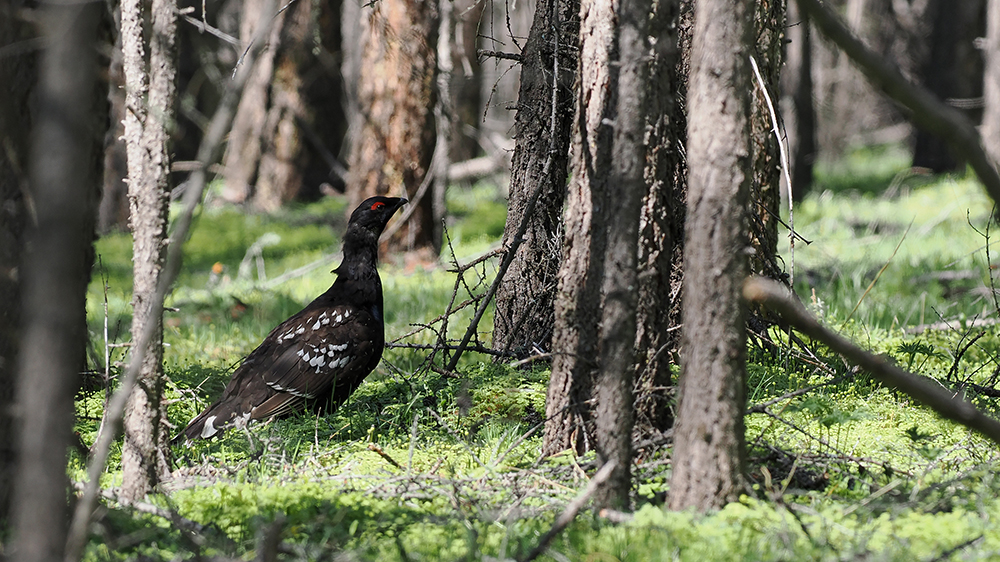
Black-billed Capercaillie
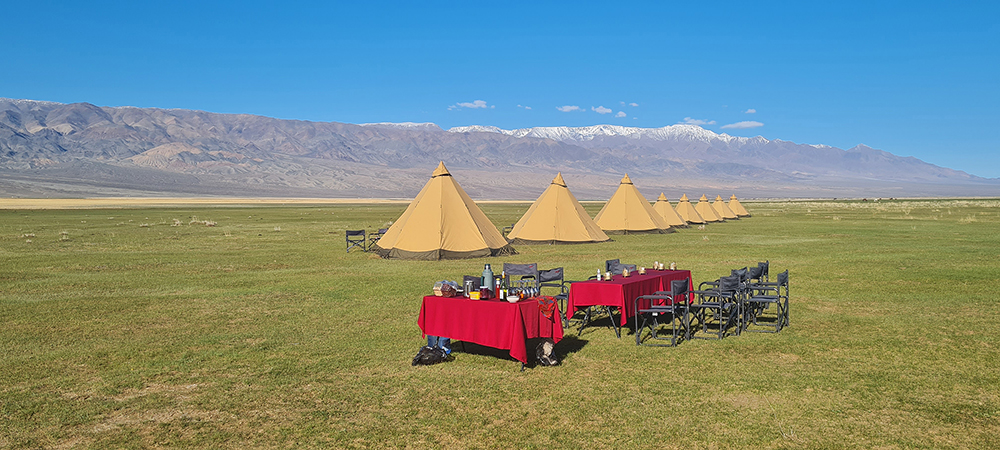
Camp at Orog Nuur
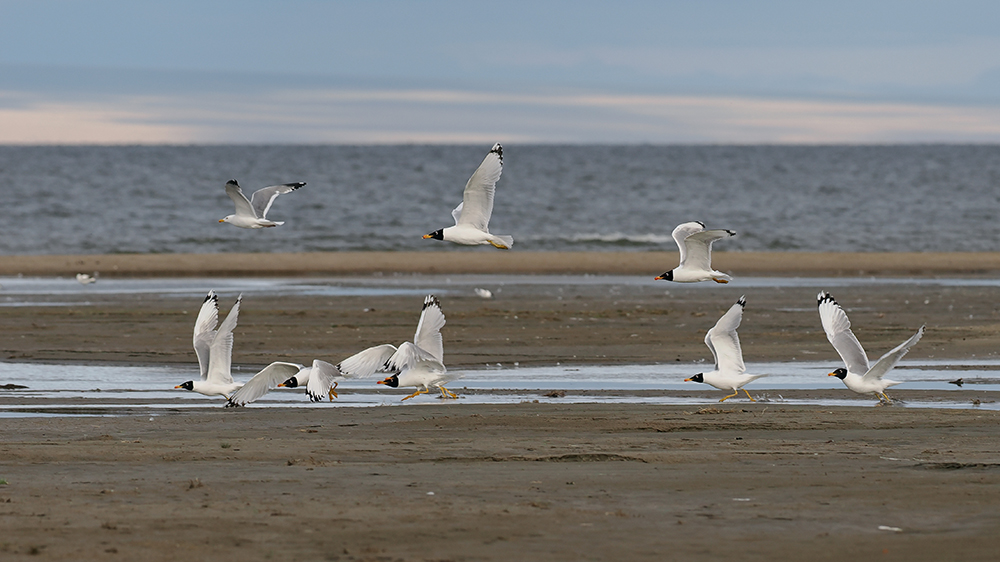
Great Black-headed Gulls
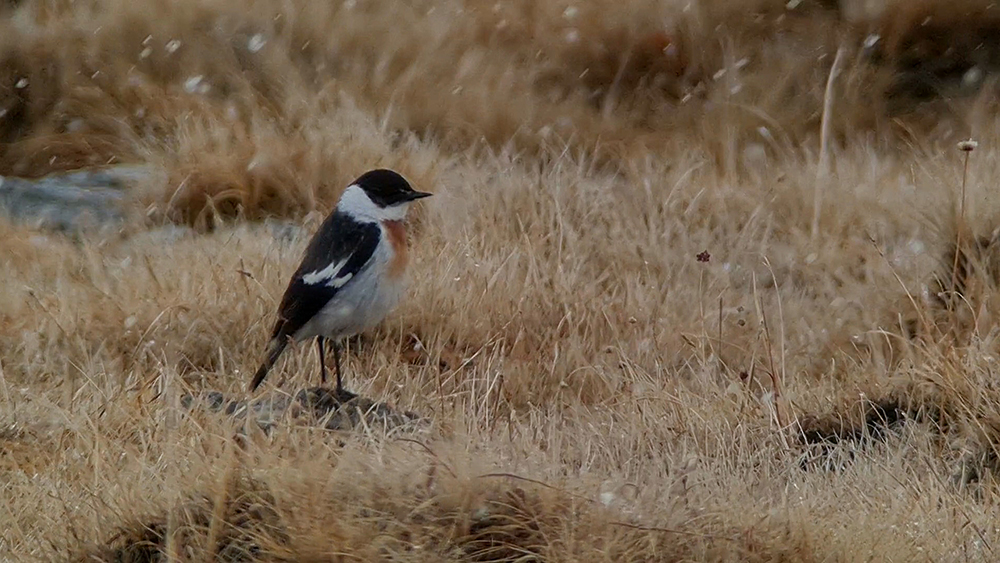
Hodgson's Bushchat
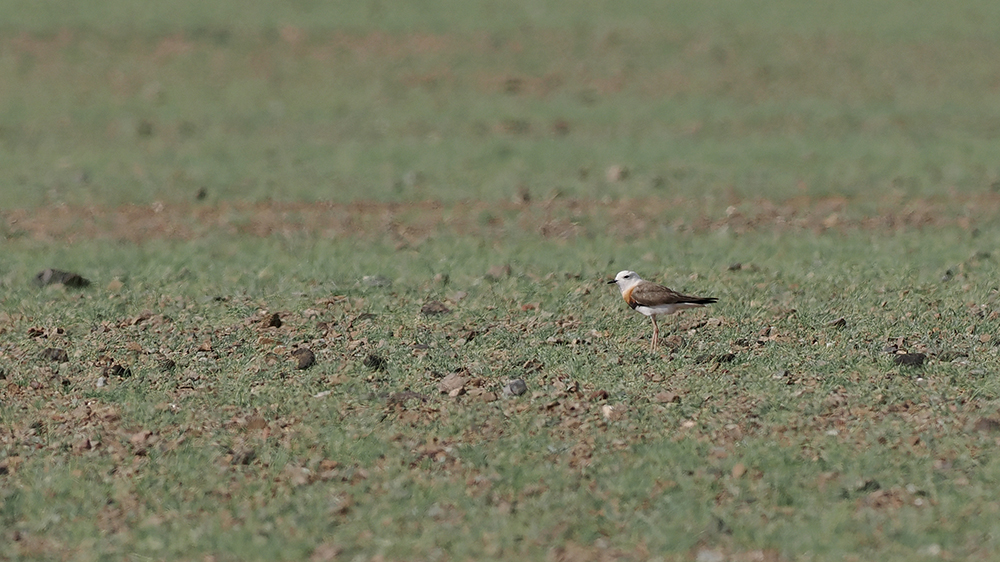
Oriental Plover
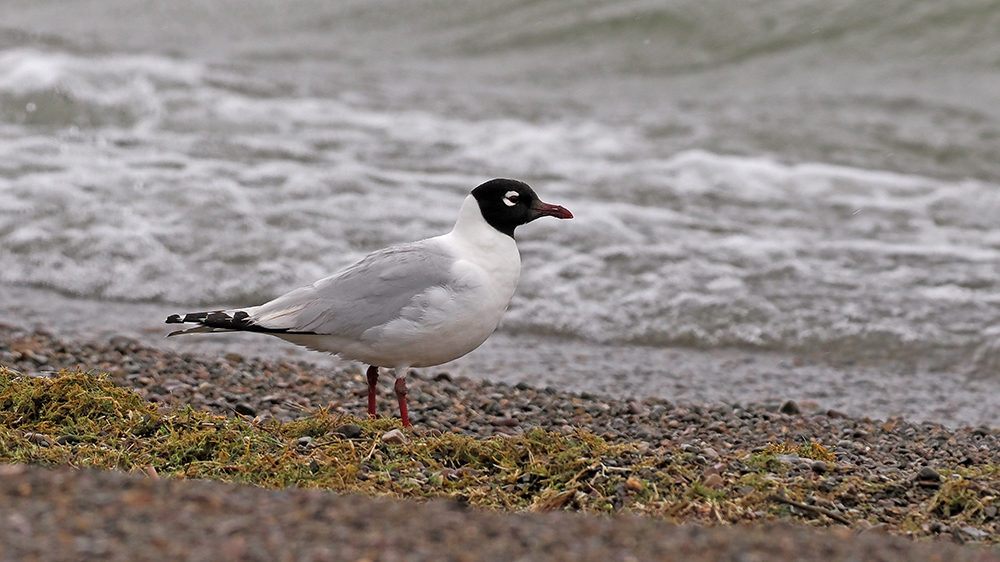
Relict Gull
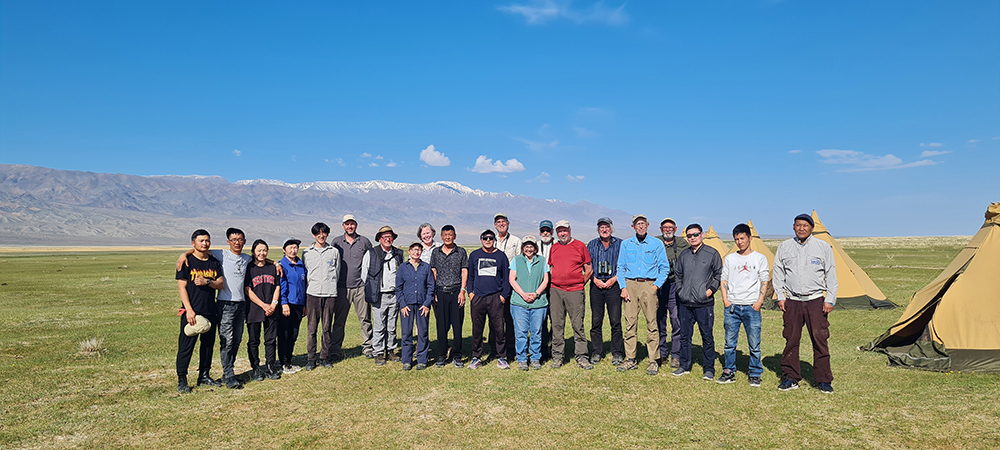
Group with drivers and guides
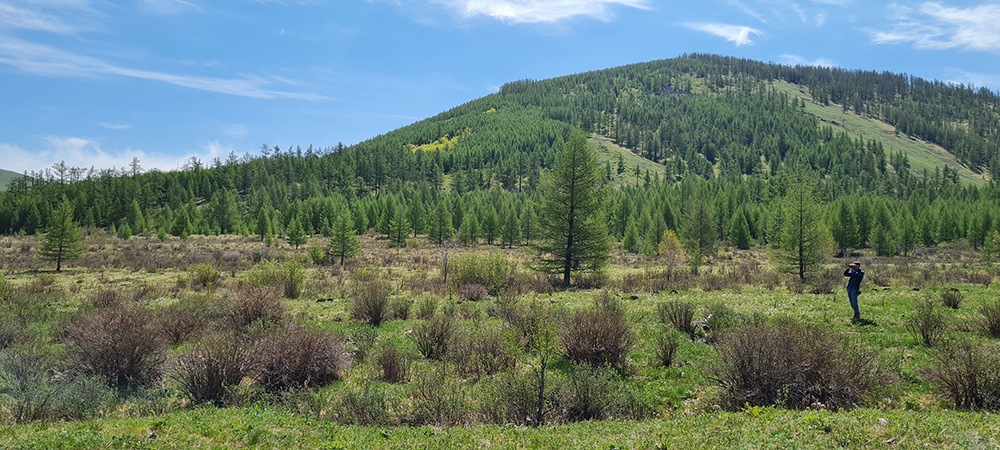
Will Russell in habitat
June 7:
Rich Hoyer reports from Oregon in Spring 2023 tour
Our fabulous drive though the diverse corners of Oregon (covering over 2000 miles in 10 days) coincided with the most perfect stretch of weather imaginable. Never too cold, never hot, never too windy – just as Goldilocks ordered. We saw some wonderful birds and scenery along the way, with picnic lunches every day in idyllic settings. Among the 226 species we saw and heard, owls (six species), woodpeckers (11 species), and daytime raptors (14 species) stood out among the highlights. Favorites also included Mountain Bluebird, Sandhill Crane, Clark’s Nutcracker, and Black-billed Magpie east of the mountains, while on the coast we saw Tufted Puffin at two of their few breeding colonies, Brandt’s Cormorant in their full breeding colors, Wandering Tattler, and Rhinoceros Auklet. (Photos by Rich Hoyer and participant Lori Herfurth.)
Any stop in the Crooked River canyon is scenic, and at some we saw Rock Wren and White-throated Swift.
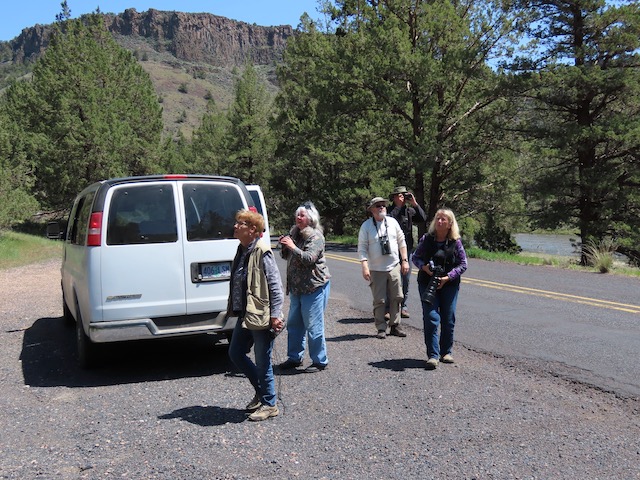
A wetter than normal winter, followed by a warmer than usual mid-May meant that the timing was perfect for a spectacular wildflower show in the Great Basin.
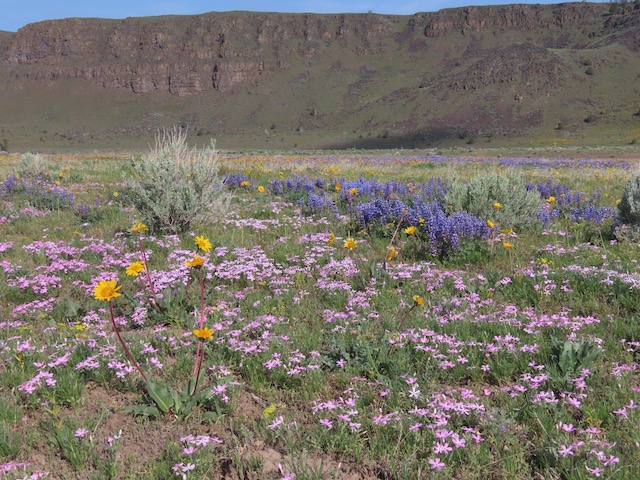
This is one of three families of Great Horned Owl that coincided with our route.
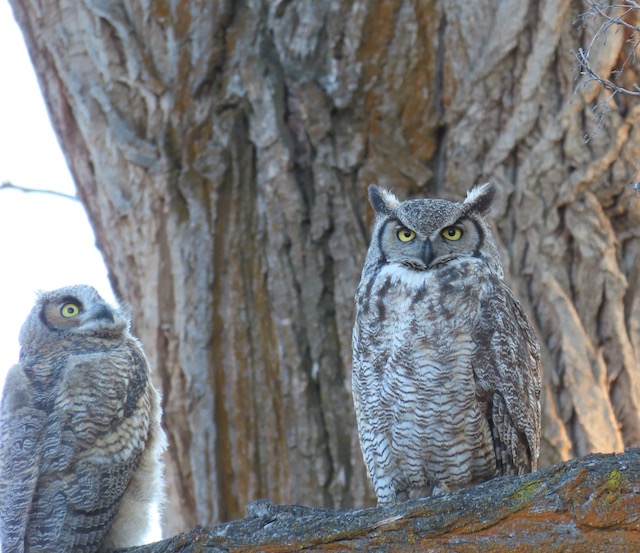
We went owling on a few nights, and on our first night we had spectacular views of this Northern Saw-whet Owl.
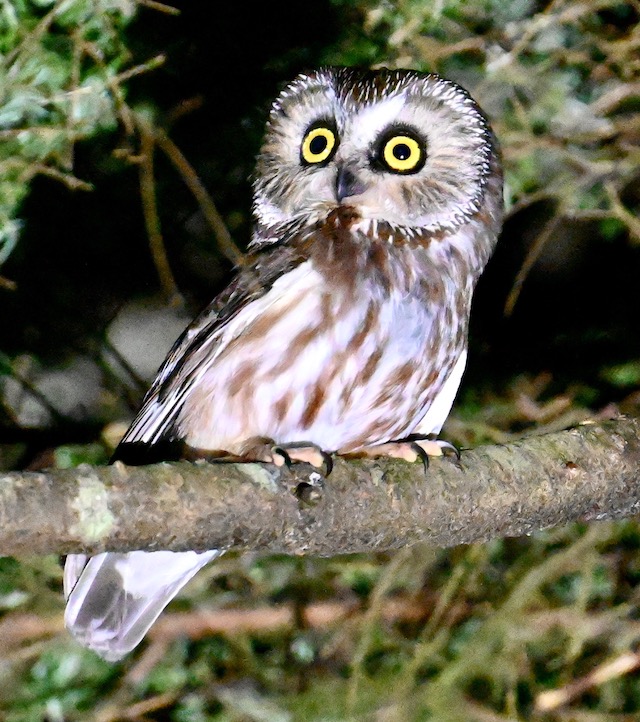
The aptly named “Raptor Alley” stretch of Highway 78 southeast of Burns delivered as promised, this cooperative Prairie Falcon a good example.
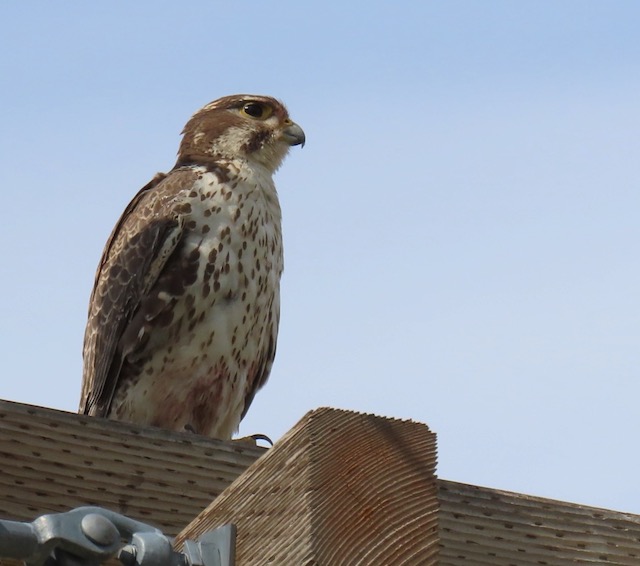
We saw many stunning Mountain Bluebirds in the more open areas of eastern Oregon.
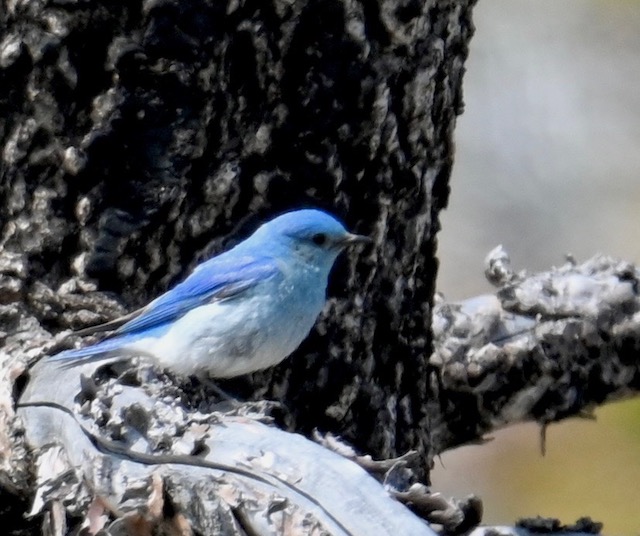
The Malheur National Wildlife Refuge and the Silvies River meadows south of Burns were home to several pairs of Sandhill Cranes. Many lone birds indicated that eggs were still being incubated.
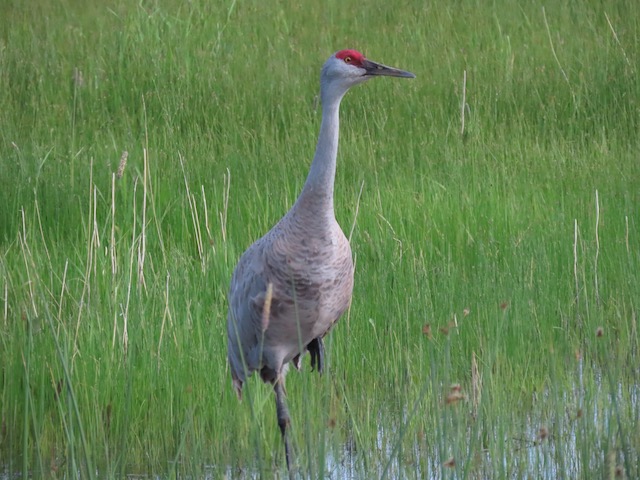
Of the nearly 30 species of mammals we tallied, this American Badger by the roadside was the biggest surprise.
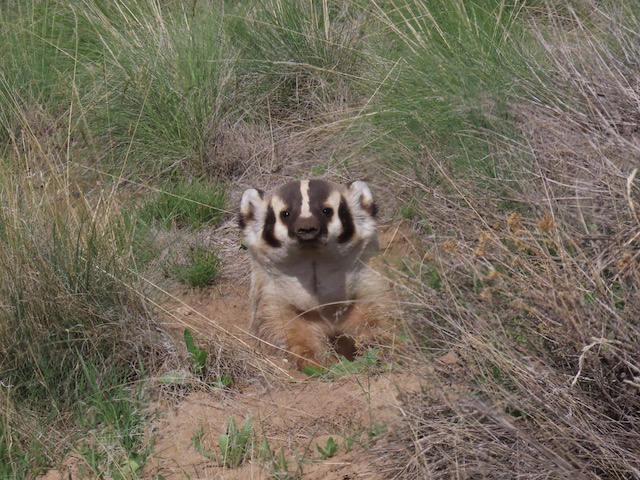
May 30:
Ed Corey updates from North Carolina 2023
The Pelagics and Pineywoods tour wasn’t able to get offshore due to some unseasonable weather (30-35mph winds and high seas), but we’ve made the most of our time on the Outer Banks! Highlights include numerous singing Prothonotary Warblers...
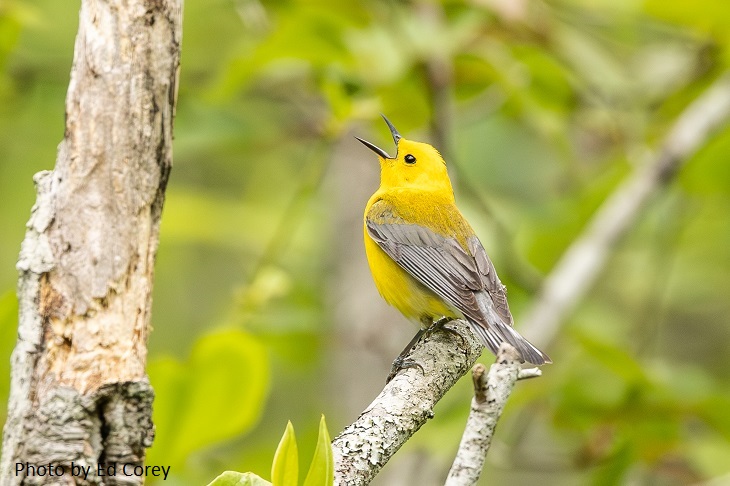
several large American Black Bear (the largest ones in the world occur in the NC Coastal Plain),
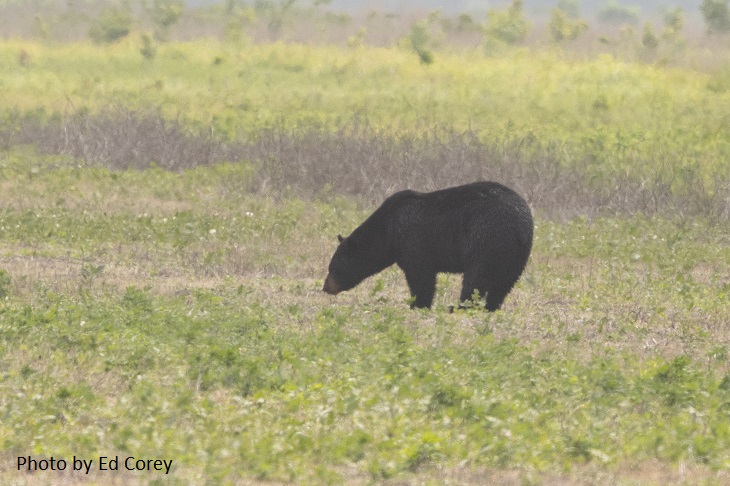
Leatherback Sea Turtles foraging on Cannonball Jellyfish, dutiful Least Terns bringing fish to their partners...
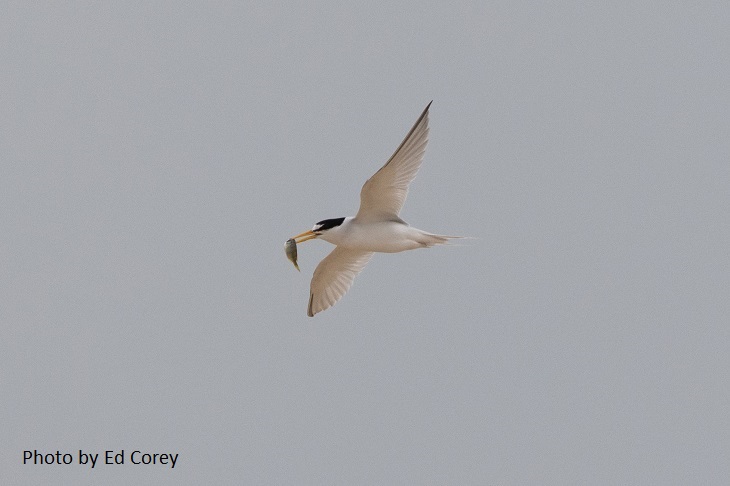
Sooty Shearwaters soaring into the strong winds in their migration northward...
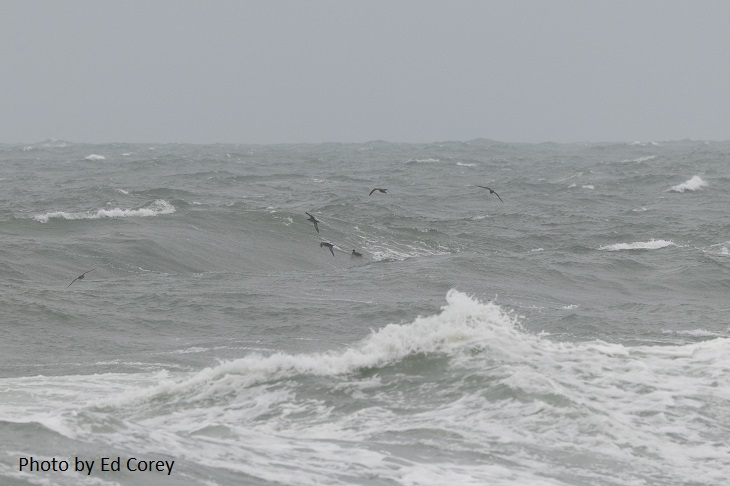
and a beautiful flock of Red Knots.
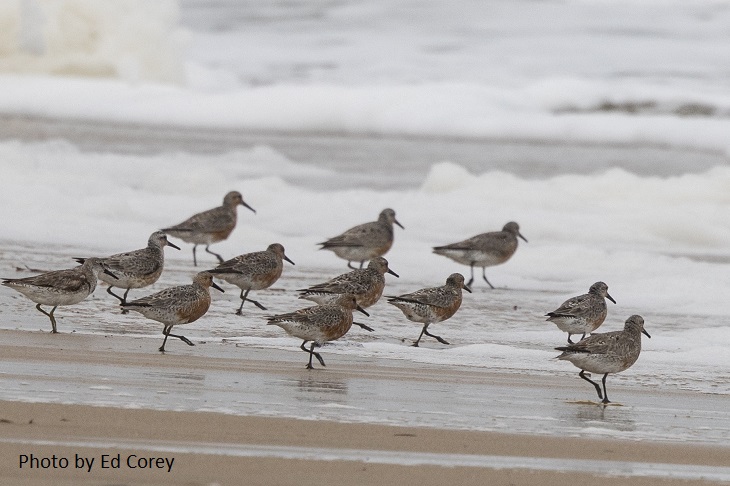
We’ve also seen a wide variety of shorebird species, including a seasonally uncommon American Golden-Plover associating with a Black-bellied Plover.
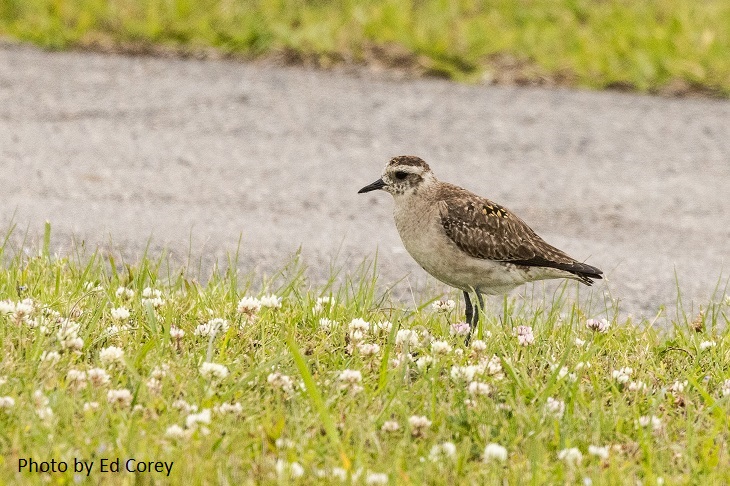
Today, we head off of the Outer Banks towards our Pineywoods section of the tour, where we hope to see Red-cockaded Woodpeckers, Bachman’s Sparrows, and other denizens of the Longleaf and Pond Pine dominated natural communities.
May 11:
Paul Holt is finally back in the field! A few images from Taiwan
Taiwan Barbet, arguably one of the island’s smartest, was the first of the endemics we saw. Equally vociferous Black-necklaced and Taiwan Scimitar Babblers the second and third, some almost touchable Taiwan Blue Magpies the fourth, the recently split Striped Prinia the fifth and Taiwan Bamboo Partridge the sixth. And that was only our first day! By the end of the tour we’d seen 32 of the island’s 33 endemics with only the ever elusive Island Thrush eluding us. We’d had great looks at all the island’s gamebirds with Taiwan Partridge seen with young, Mikado Pheasants on two dates and the magnificent ‘bird of the tour’ winning Swinhoe’s Pheasant on three. Other goodies included (eventually) stunning looks at both Taiwan Cupwing and Taiwan Shortwing and a Taiwan Bullfinch that everyone saw. What’s more we’d enjoyed them, and a myriad of endemic subspecies such as the distinctive ardens form of Maroon Oriole, multiple diminutive Golden Parrotbills and the soon to be split island endemic formosanus White-browed Bush Robin amidst some stunning scenery and in great company. We’d explored a large proportion of the Beautiful Island (Isla Formosa), had some fabulous mammal encounters and eaten some delicious food. Every last one of us had been smitten…
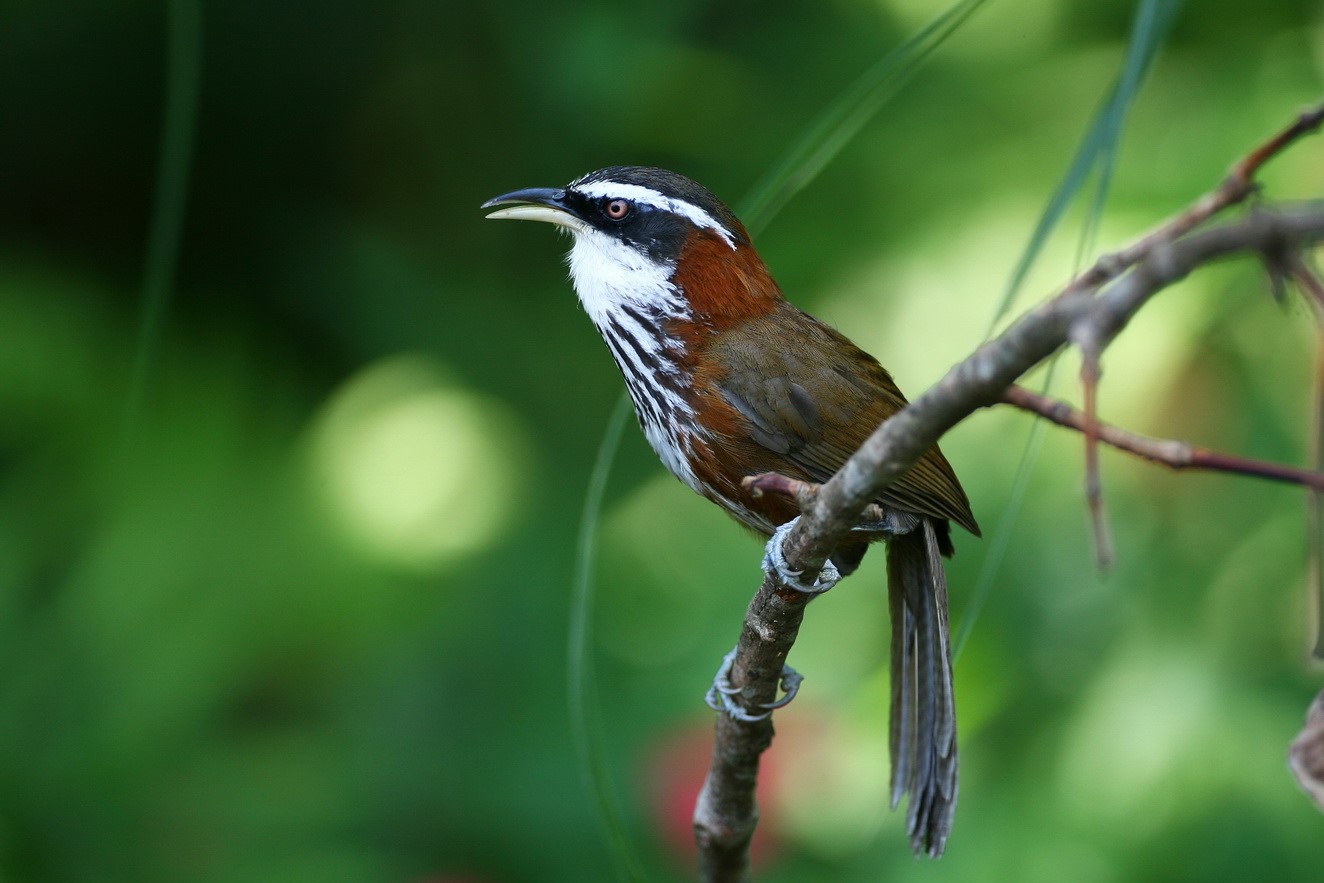
Taiwan Scimitar Babbler (Shun-Zhang Chen)
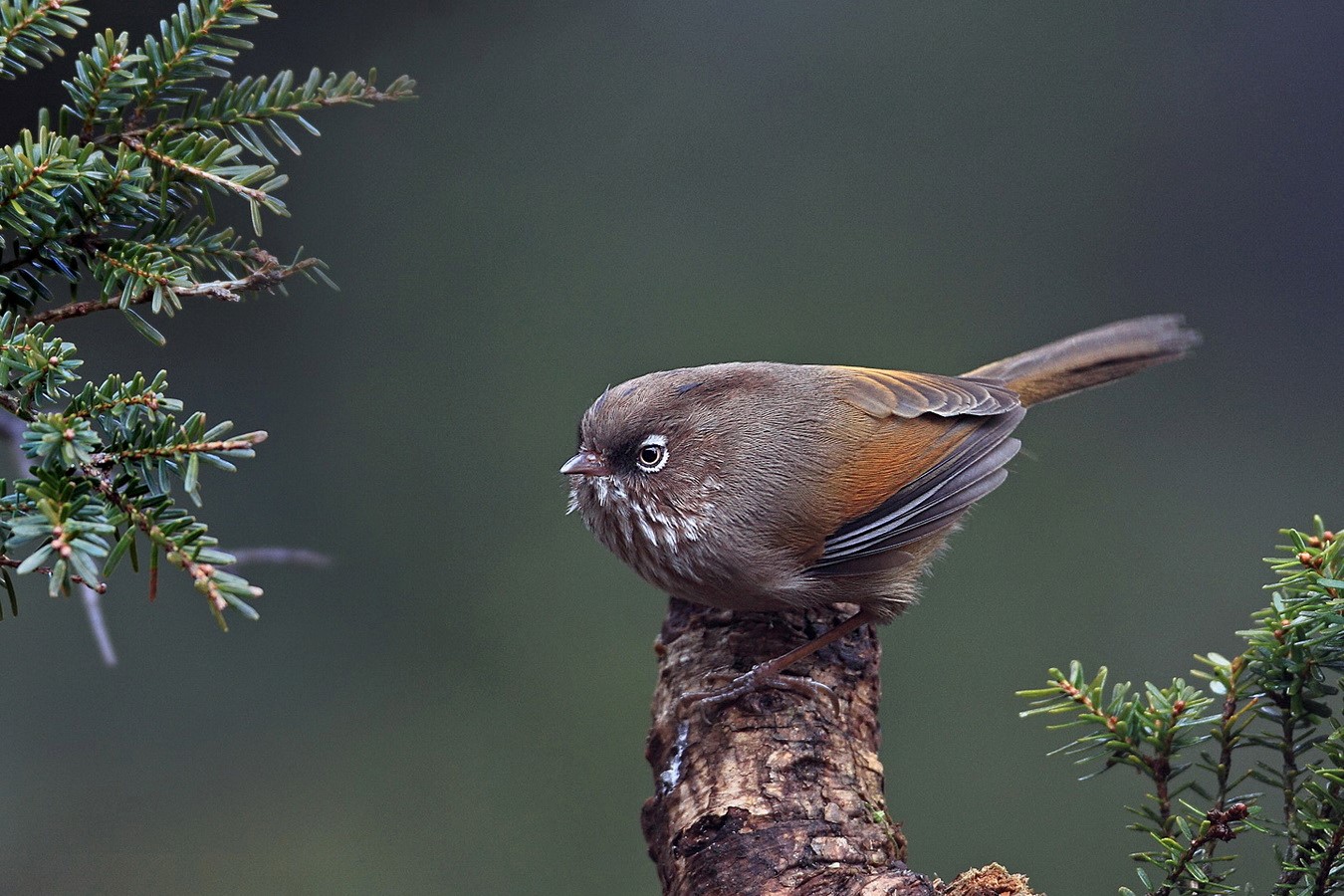
Taiwan Fulvetta (photo Shun-Zhang Chen)
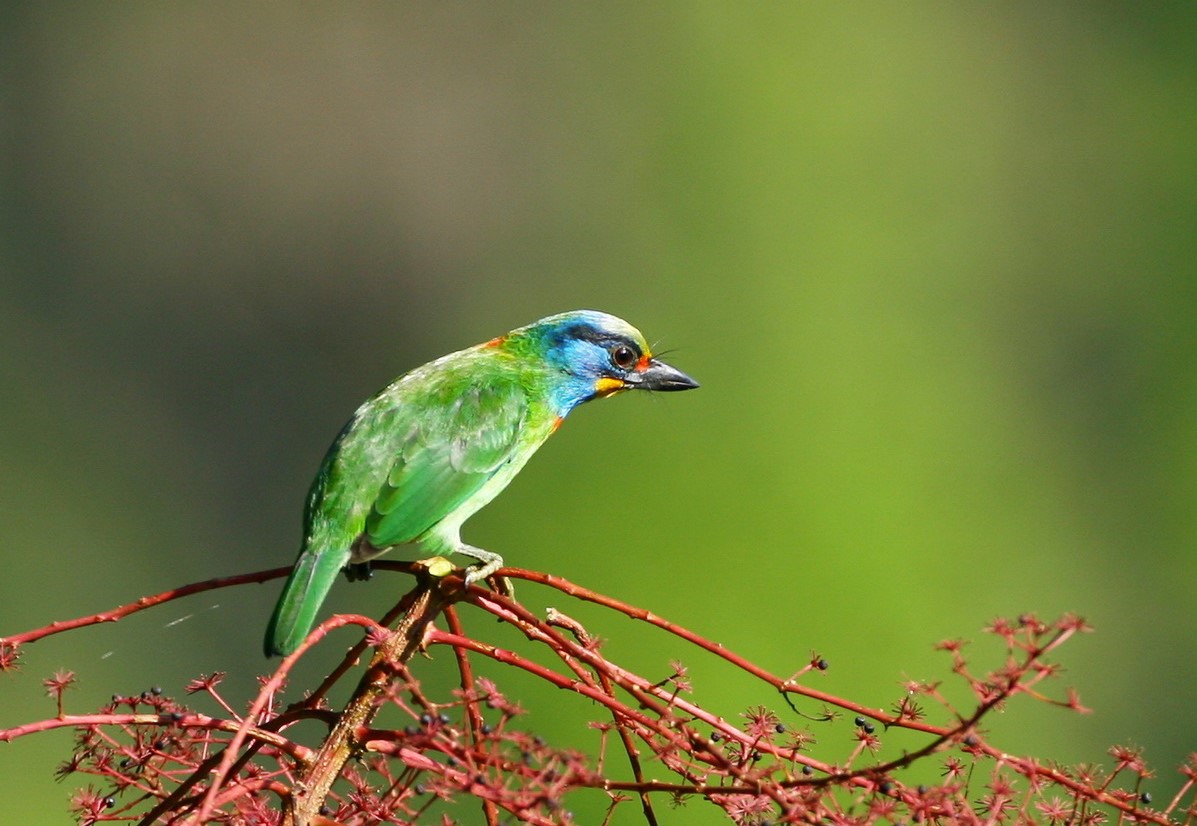
Taiwan Barbet (photo Shun-Zhang Chen)

Taiwan 2023 group photo (photo Yenhui Hsu)

Group photo (with guide and his assistants) at the Yami aboriginal village on Lanyu (photo Yenhui Hsu)
May 2:
Luke Seitz reports on our Guatemala tour
Our Guatemala tour in April was simply wonderful, with amazing views of most of the highland specialties and a great bird-filled extension to Tikal.
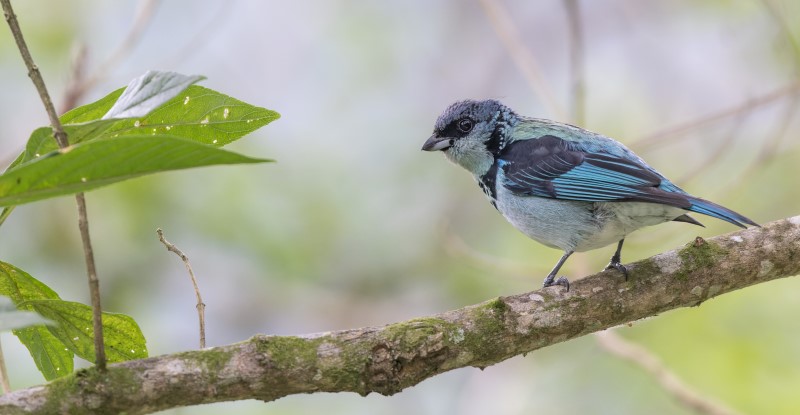
Let’s start off with perhaps the most surprising moment of the tour, eye-level views of the exquisite and highly localized Azure-rumped Tanager...
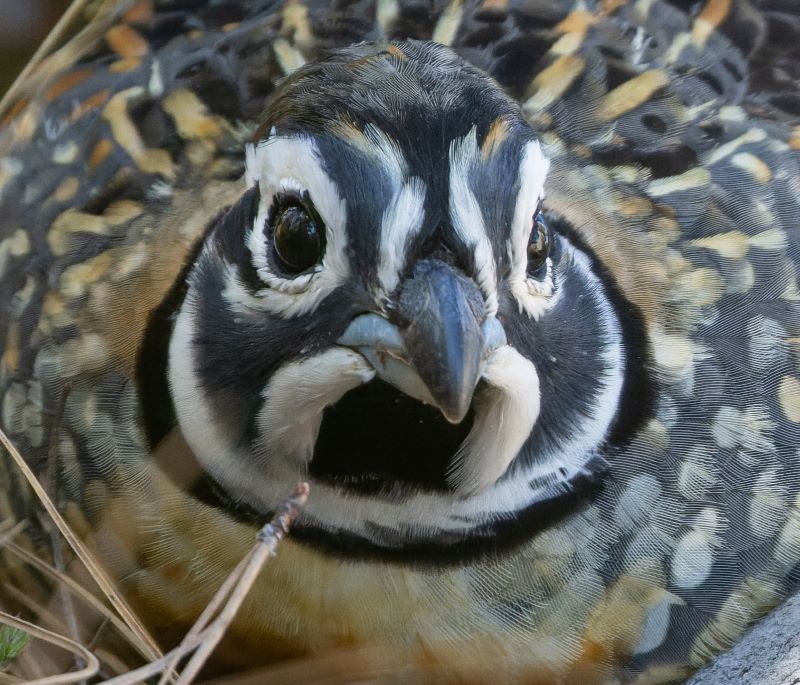
...not to be outdone by this rather confiding Ocellated Quail!
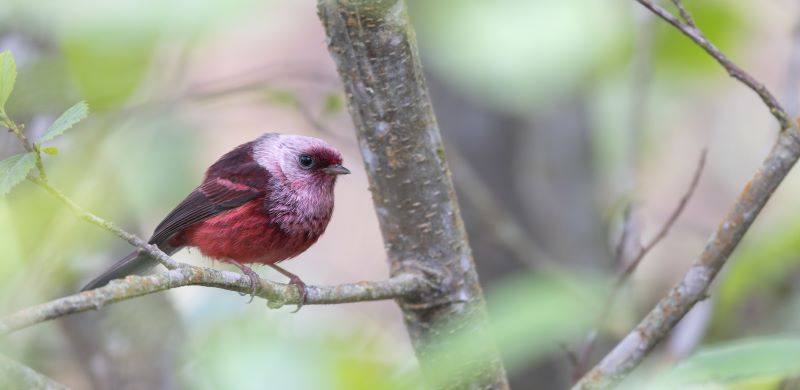
As always, Pink-headed Warblers were numerous and confiding, like this individual just in the parking lot at Fuentes Georginas...
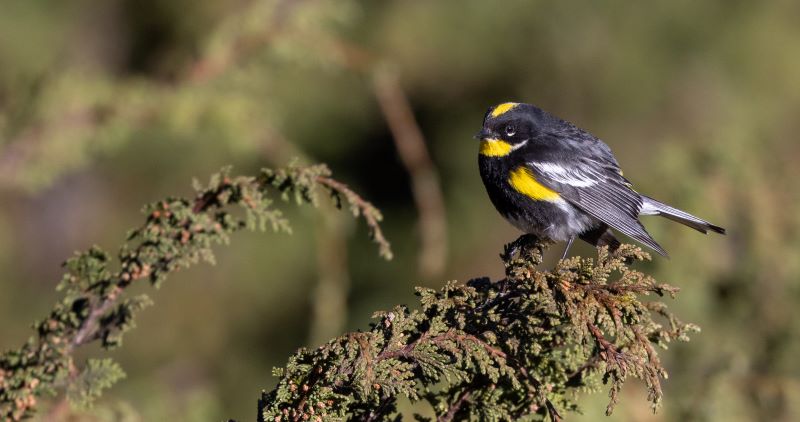
...although I’m more fond of the stunning Goldman’s Warbler, only a “Yellow-rumped” if you’re incapable of using most of your senses. This species is essentially restricted to the pine-juniper grasslands on one plateau in Guatemala plus a couple nearby volcano tops.
Of course, the experience wouldn’t be complete without coffee and local champurradas (a sort of dry biscuit) in hand.
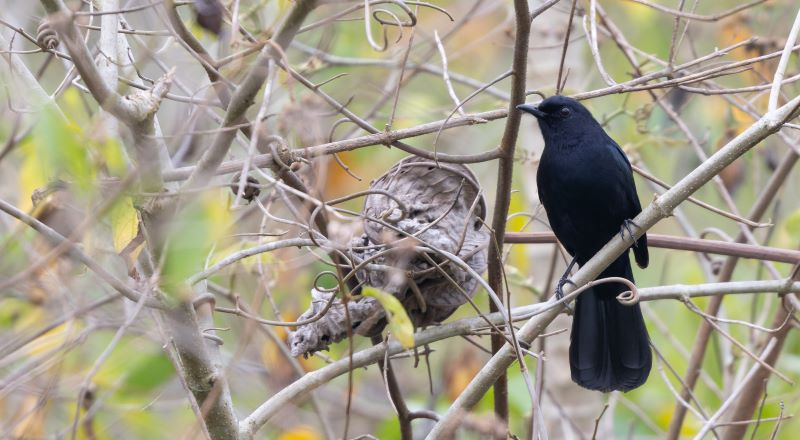
On the extension, we fly a short distance north to the town of Flores, where we try to find a few localized Yucatan endemics. This year, Black Catbird showed better than ever.
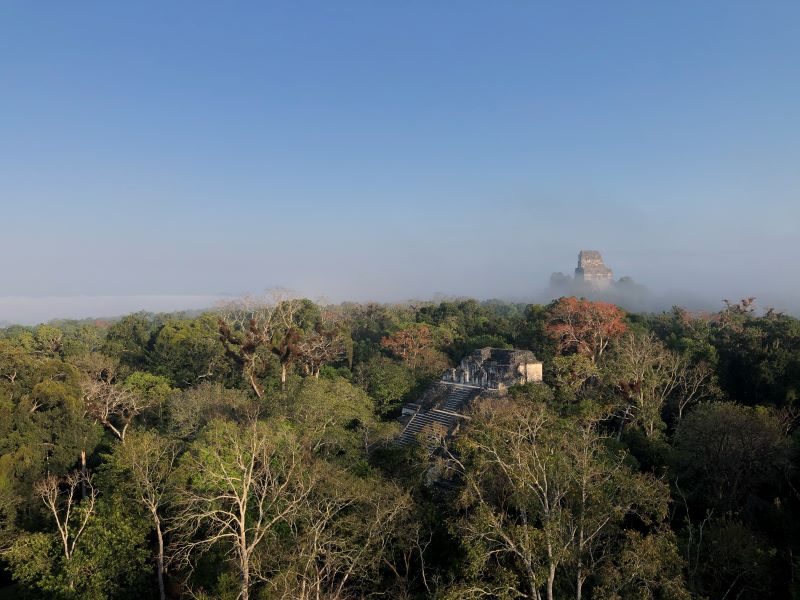
The Tikal extension is always full of birds, but for me, the whole experience of standing atop a Mayan temple before dawn and listening to the forest come alive is simply unmatched...the parrots, toucans, and local Orange-breasted Falcon zipping around are just icing on the cake.
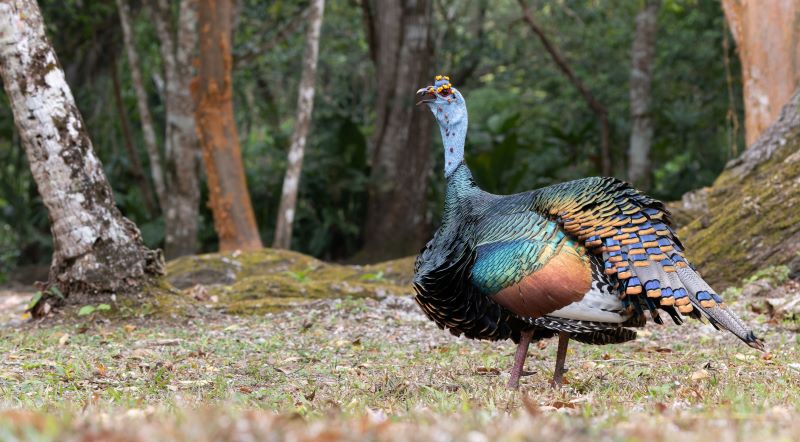
Ocellated Turkey must top the list of highlights on any trip to Tikal. Beautiful? Grotesque? You decide.
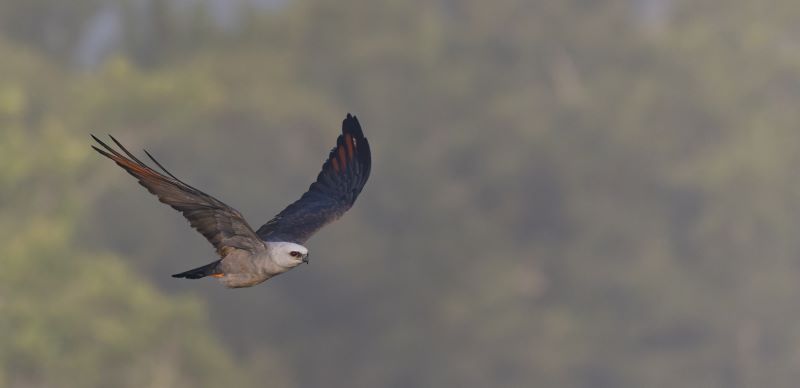
Two weeks fly by, just like this Plumbeous Kite. I’m already looking forward to next year!
April 27:
Jon Feenstra reports from the Upper Texas Coast
If there’s a place to be birding in North America in late April, it’s the Upper Texas Coast. We were there, and we just got back. Migration was in full swing, and the forests, fields, swamps, and shore were peppered with northbound birds.
One of our favorites seen on multiple days was Prothonotary Warbler.
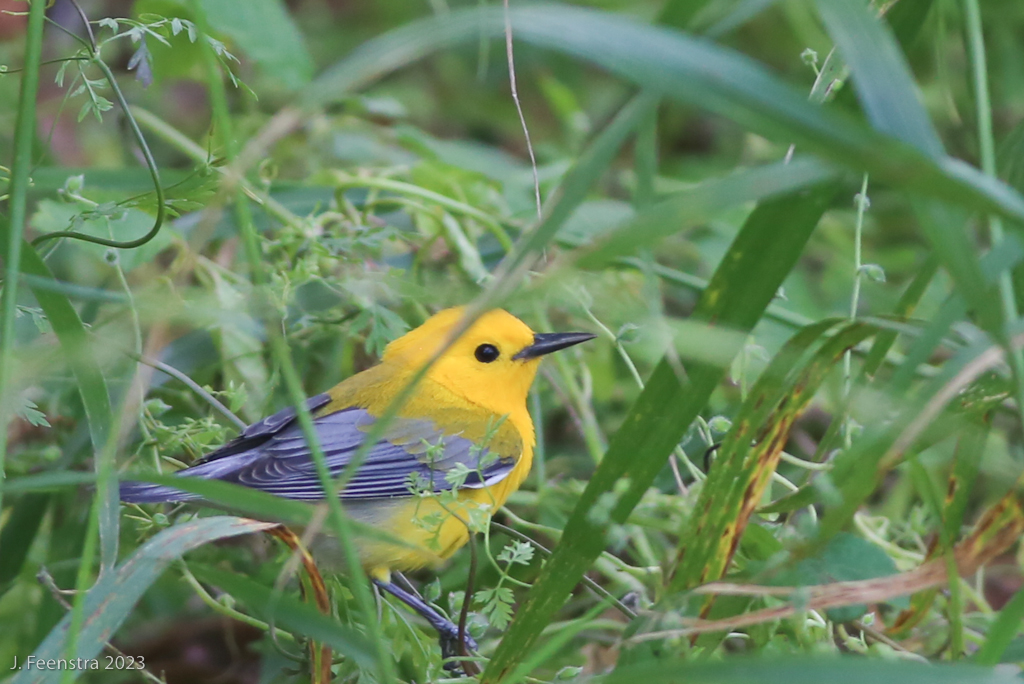
And Cerulean Warbler!
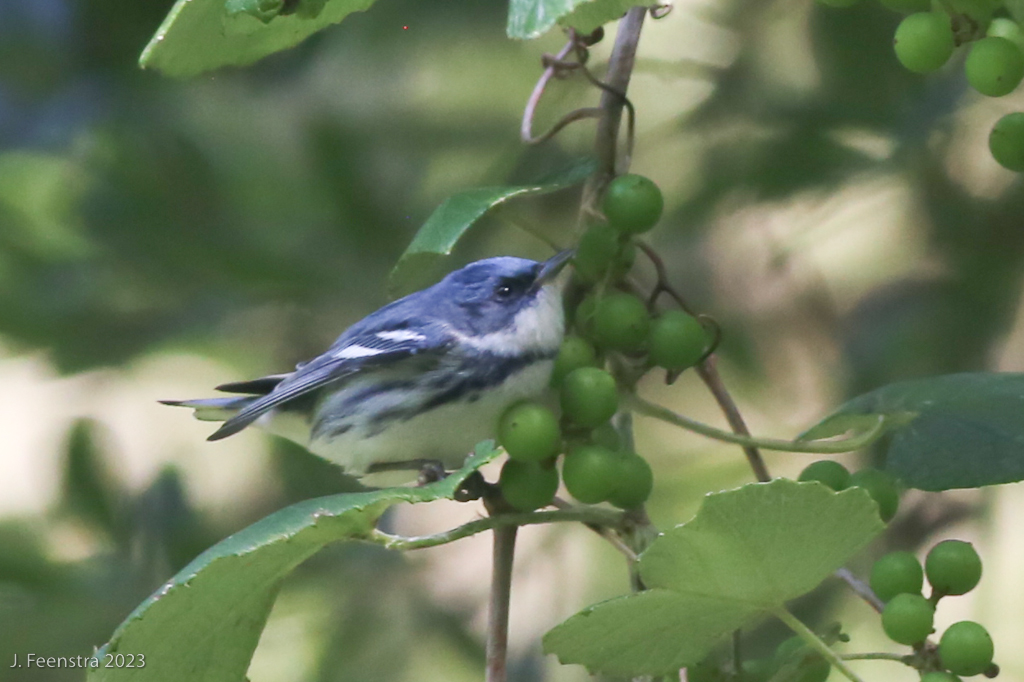
The Smith Oaks reserve at High Island now has a raised boardwalk putting us right up in the canopy where we could get right up and personal with the birds....
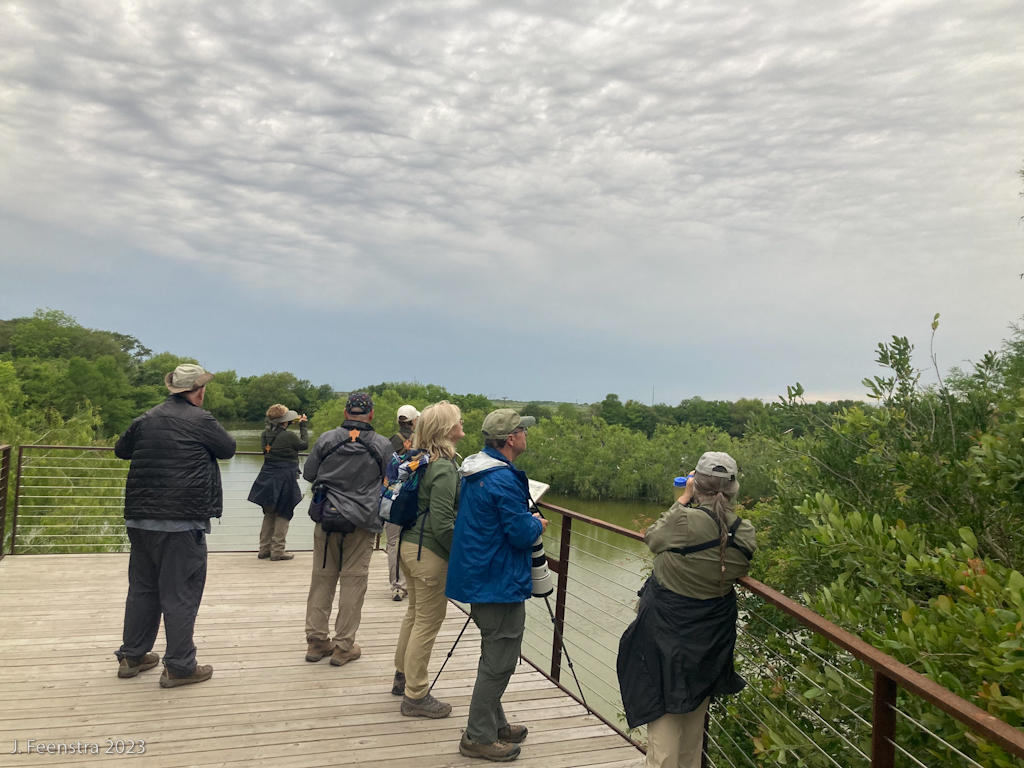
like this Tennessee Warbler.
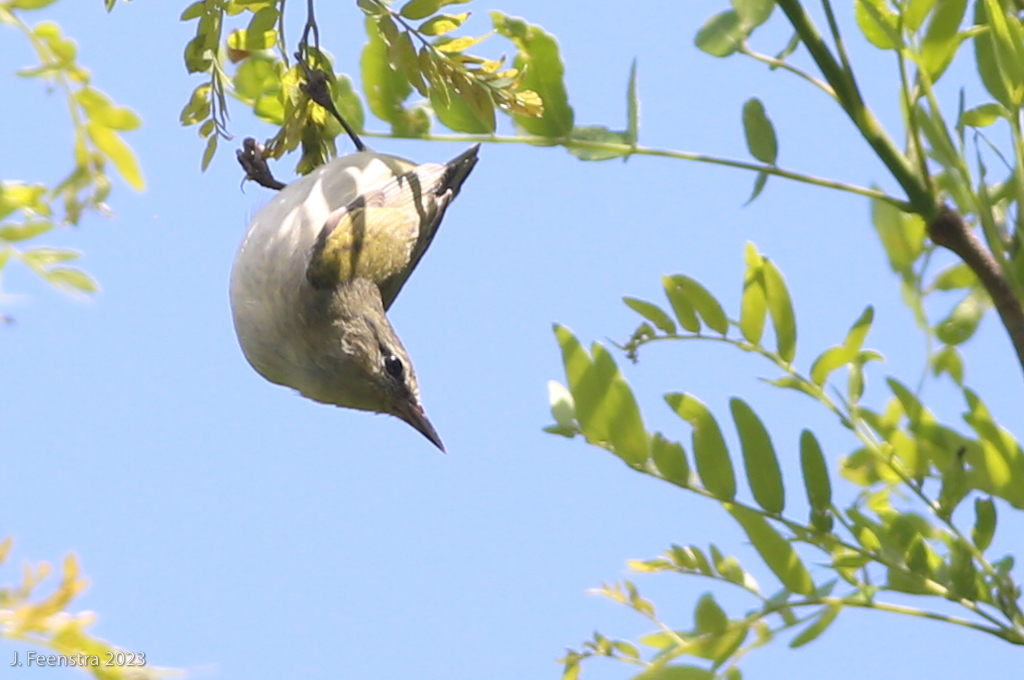
We could also look down on some things, like Tricolored Herons in various stages of nesting.
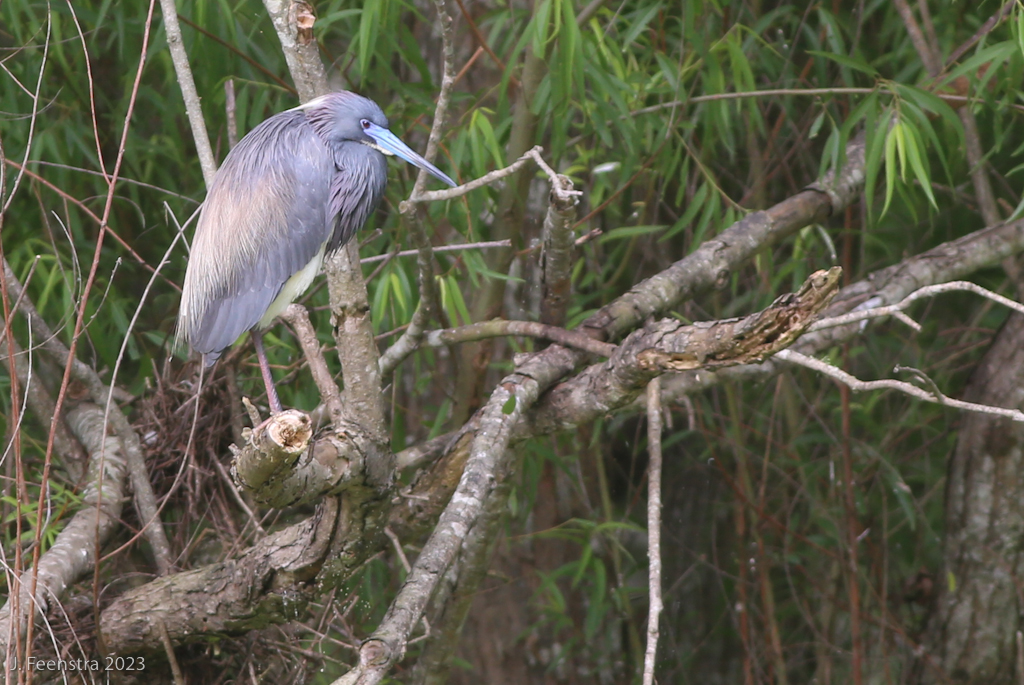
Since we had a couple days of wind that were unfavorable for finding songbird migrants, we were also close to much coastal marsh where we could concentrate on resident birds, like Seaside Sparrow.
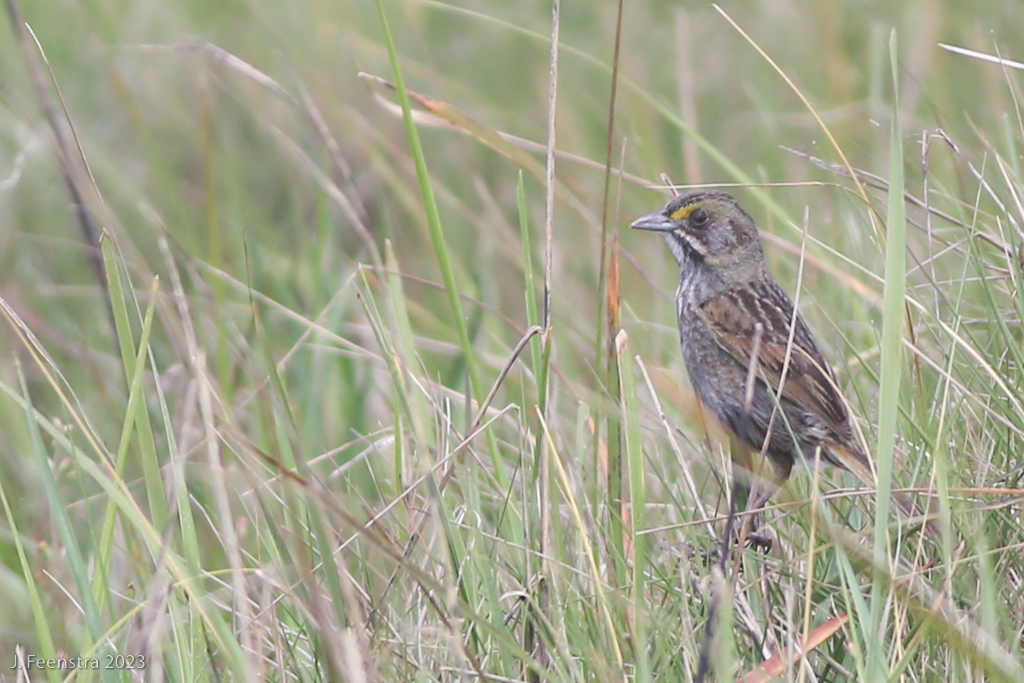
…or shorebird spectacles, like this phalanx of American Avocets bearing down on some unsuspecting swarm of aquatic invertebrates.
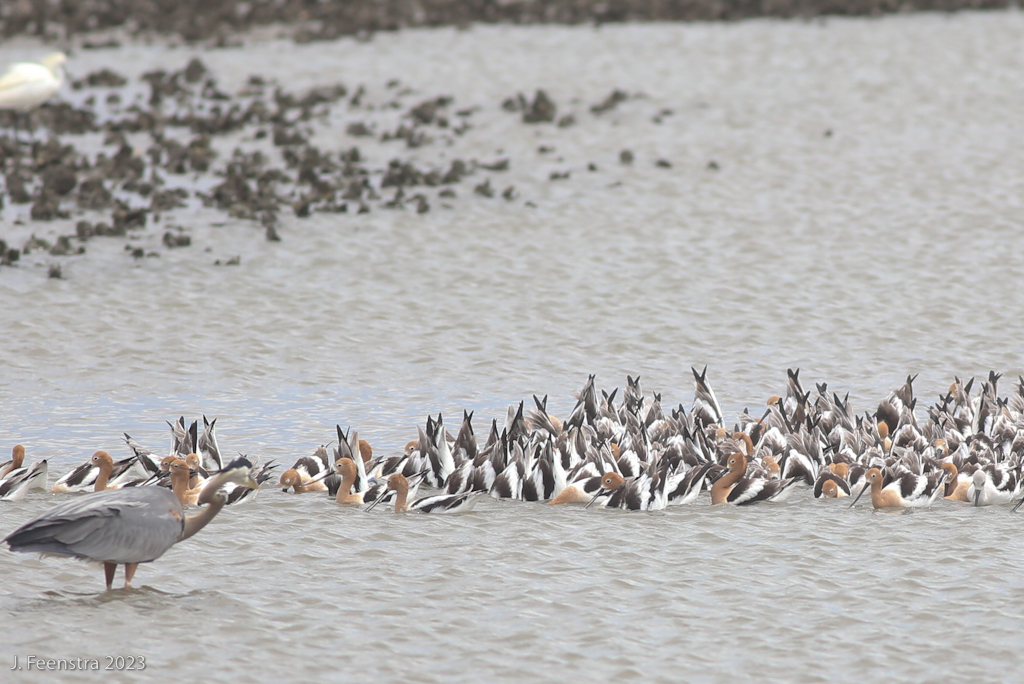
And, after tough day of birding, the group sits down to another Gulf Coast dinner complete with local oysters.

April 20:
Gavin reports from Panama
Our recently completed spring week at Panama's famous Canopy Tower was followed by a 5-day extension to the Canopy Lodge. It is always a pleasure to return to these fantastic and unique lodges, surrounded by an excellent mix of habitats and a great diversity of birds. Some of the highlights this year around the tower included an amazing array of tanagers including Emerald, Bay-headed and Rufous-winged and excellent views of the endemic Stripe-cheeked Woodpecker on Cerro Azul, close encounters with birds such as Gartered Trogon, Cocoa Woodcreeper, Masked Tityra and Black-and-White Owl around the tower and snazzy Pacific Antwrens along Achiote Road.
Around the more montane forests surrounding the lodge we added nearly 100 more species to the triplist, with a few of the highlights being lengthy views of a pair of Crested Bobwhite, a cooperative Pale-eyed Pygmy-Tyrant and a handsome Lesser Yellow-headed Caracara in the lowlands, daily visits by Rufous Motmot and Orange-billed Sparrows at the lodge feeders, and highland species such as Tufted Flycatcher, White Hawk and Rufous Mourner up on Altos de Maria.
In all we tallied just shy of 370 species of birds, including an amazing 47 species of flycatchers and 32 tanagers, as well as a nice array of mammals, reptiles and amphibians (and even a few fish) in 10 days in the field! This tour continues to impress me, as the diversity and richness of the region, paired with ease of access and the comforts of the lodge make for a truly wonderful experience.
Bay-Headed Tanager
Black-and-white Owl
Bronze-tailed Plumeleteer
Cocoa Woodcreeper
Common Tody-Flycatcher
Crowned Woodnymph
Emerald Tanager
Gartered Trogon
Golden-hooded Tanager
Green Honeycreeper
Masked Tityra
Pacific Antwren
Red-legged Honeycreeper
Rufous-winged Tanager
Social Flycatcher
Streaked Flycatcher
Stripe-cheeked Woodpecker
Summer Tanager
Tropical Mockingbird
Yellow-headed Caracara
Common Basilisk
Crested Bobwhite
Giant Dusky Ameiva
Lesser Yellow-headed Vulture
Orange-billed Sparrow
Pale-eyed Pygmy-Tyrant
Rufous Motmot
Rufous Mourner
Tufted Flycatcher
White Hawk
Zebra-striped Hairstreak
April 11:
Rich Hoyer reports after his recently-completed 'chicken run' in Colorado:
Frank Nicoletti and I just finished a spectacular, gigantic loop drive through the middle of the United States, passing through three states and many small towns with a very congenial and happy group of participants. Incredibly, we managed to see all of the possible species of grouse along the way. The dominant theme in the mountainous, western part of our itinerary was snow – and lots of it on the ground. Fortunately, none fell while we were birding, and while we had some cold mornings and a few days with wind, we were extremely fortunate with the weather.
The very different eastern part of our loop was still affected by a drought, so prairie-chicken numbers were depressed compared to recent years. Thanks to Audubon of Kansas, we still had an exceptional experience at a lek in Gove County, Kansas where a dozen highly animated Lesser Prairie-Chickens were joined by two Greater Prairie-Chickens and a happily displaying but frustrated hybrid. Our fabulous Greater Prairie-Chicken experience in Nebraska was very similar, enhanced by the amazing hospitality of the folks from the McCook/Red Willow County Tourism. The sounds and sights of the displaying and dueling birds just yards away was unforgettable.
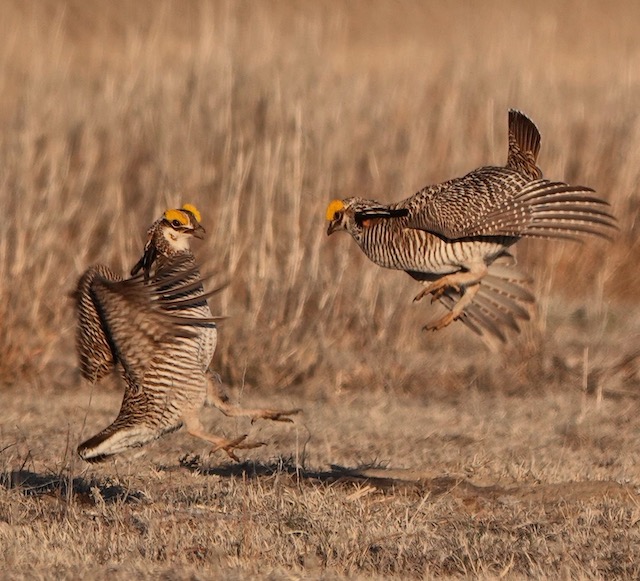
Photo by participant Matthew Dryden
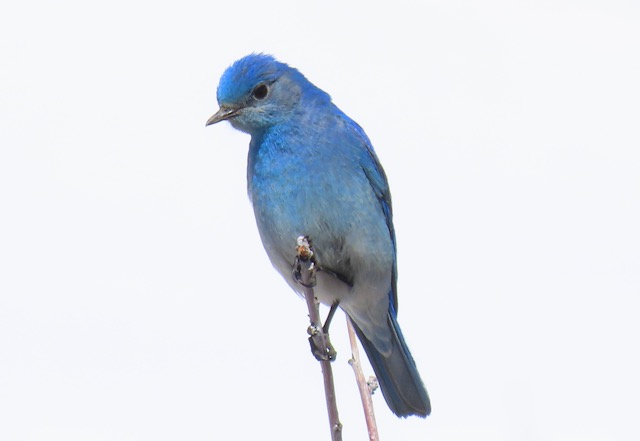
We added many birds to the list between grouse sites, including this stunning Mountain Bluebird, one of many on the tour.
Photo by Rich Hoyer
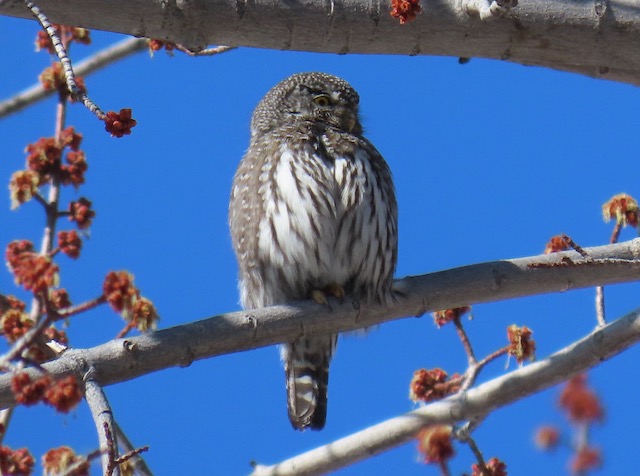
One of the more memorable roadside stops of the tour was at a park with a pair of Northern Pygmy-Owls.
Photo by Rich Hoyer
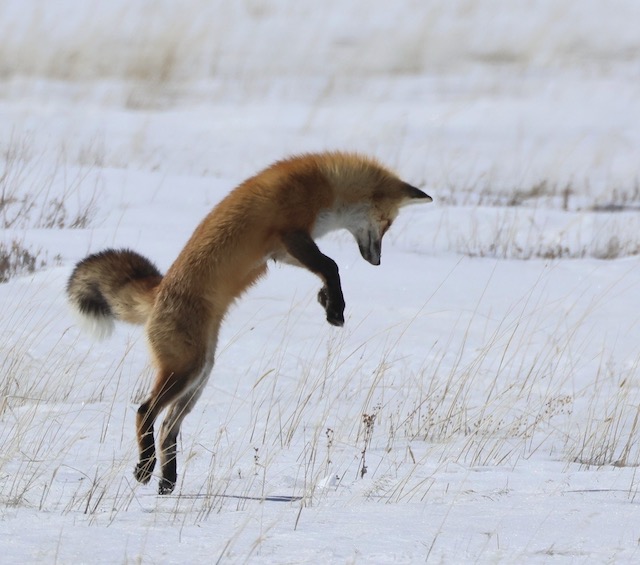
Birds weren’t the only attraction – we tallied over 20 species of mammals, one highlight being a Red Fox hunting in a snowy field next to a remote highway south of Walden.
Photo by participant Mark Garbrick
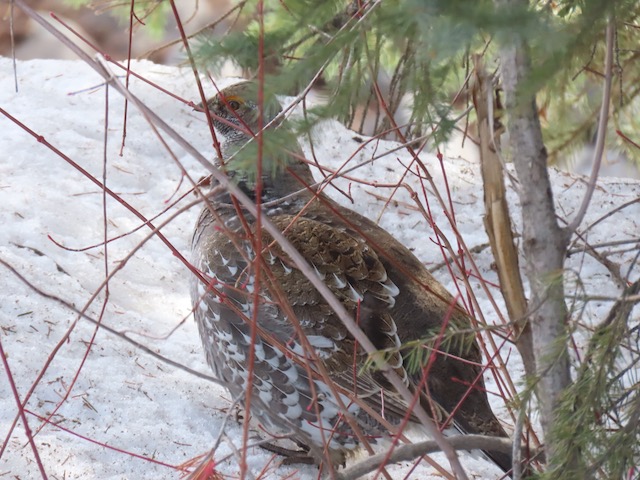
With so much snow on the ground (Steamboat Springs recorded their third highest snowfall ever this winter), we weren’t surprised to have dipped on Dusky Grouse in all the right locations. So it was a triumphant surprise to have one on our last morning from the parking lot behind our hotel as we were loading for the final drive of the tour.
Photo by Rich Hoyer
April 7:
Ethan Kistler just finished up a spring tour in Morocco
From snow-capped mountains to towering sand dunes, coastal estuaries and palm-lined river courses, Morocco is magically beautiful. The tour began in the Atlas Mountains where we found all of our major targets including Crimson-winged Finch, Levaillant’s Woodpecker, “Atlas” Horned Lark, Barbary Partridge and Moussier’s Redstart. In the gravel plans around Boumalne Dades, we enjoyed various larks including Temminck’s, Thick-billed, and Greater Hoopoe-Larks, Cream-colored Coursers, and Trumpeter Finches, while the scenic gorge above town gave us Tristram’s Warbler and Bonelli’s Eagle. The desert around Merzouga didn’t disappoint with excellent views of sandgrouse, Desert Sparrow, African Desert Warbler, Fulvous Chatterer and two Egyptian Nightjars. The tour concluded around the coastal city of Agadir, where we had a whole host of waterfowl, waders, shorebirds, gulls, and even Razorbills. Of course, the main attraction was the Critically Endangered Northern Bald Ibis, which we had wonderful views of. It’s no wonder Morocco is such an admired birding destination! (photos by Ethan Kistler)
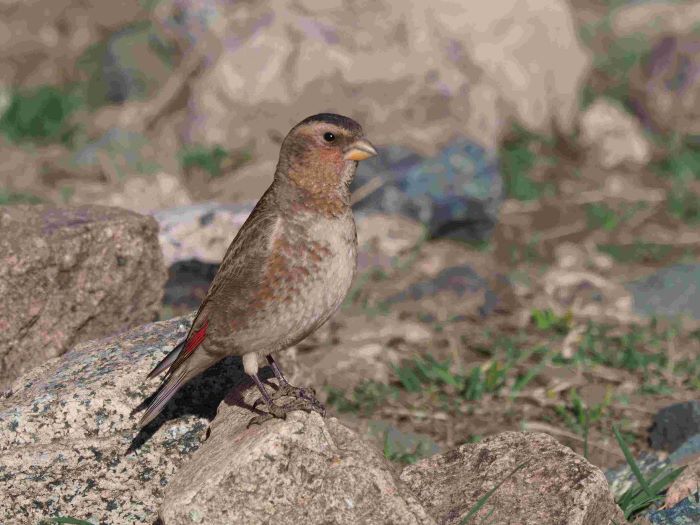
'Atlas" Crimson-winged Finch
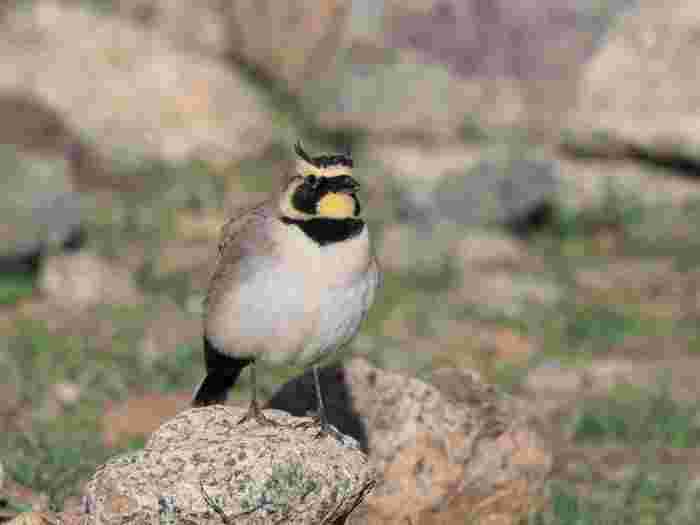
'Atlas' Horned Lark
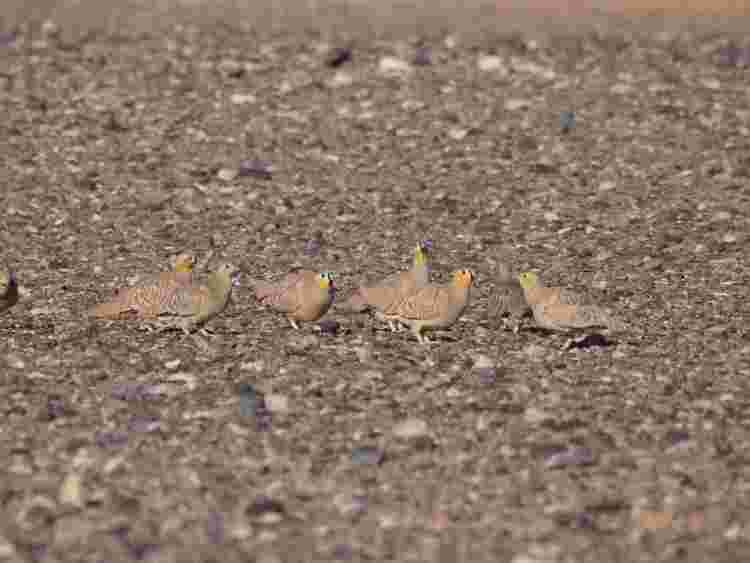
Crowned Sandgrouse
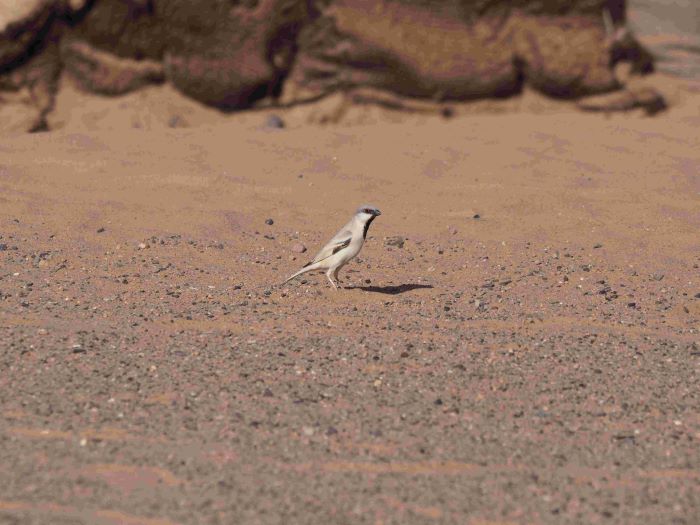
Desert Sparrow
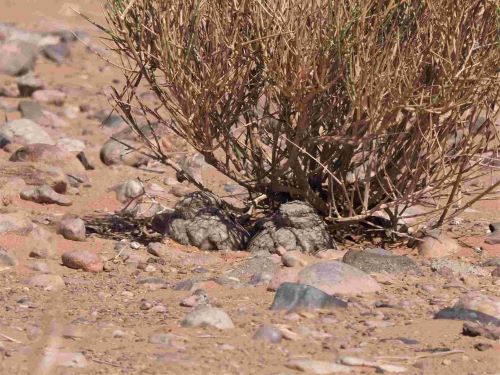
Egyptian Nightjar
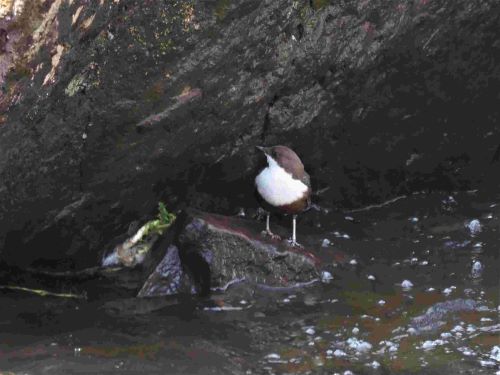
White-throated Dipper
March 27:
Jake Mohlmann reports from the field in Nebraska 2023
We recently completed covering just under 1,000 miles of paved and dirt roads through the center of America’s Heartland on the WINGS Nebraska 2023 tour.
Our group in the Sandhill Crane Capital of the World!

Our tour focused on the epic crane migration.
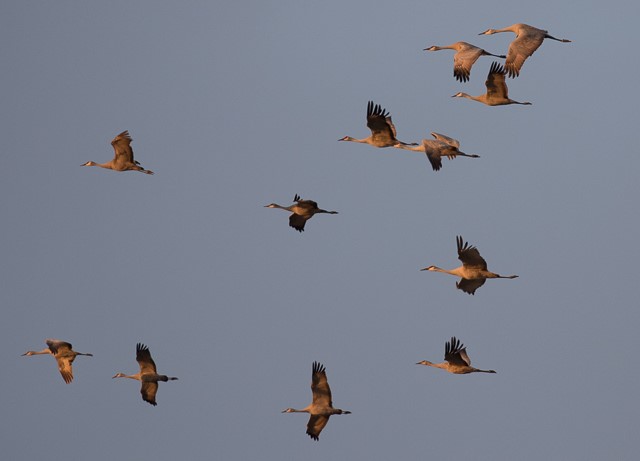
To say it was an unusually cold spring would be an understatement. On both mornings we watched the sunrise along the Platte River numerous ice chunks, some as large as basketballs, greeted us as they bumped up against each other steadily heading downriver. Caught up in the mix was a Snow Goose with an injured wing trying to find its place amongst the current. Of the hundreds of thousands of Snow Geese we saw over the week, this was by far our best look. Also in the large flocks of Snow Geese were a small percentage of Ross’s Geese, easily told apart in flight, especially with a telling picture of them overhead.
A Snow Goose floats amongst ice on the frigid Platte.
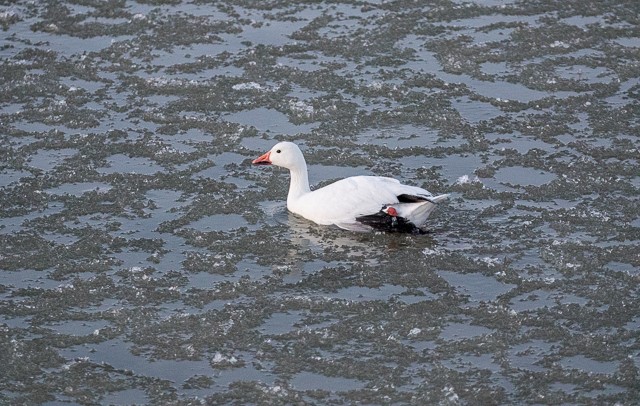
Snow Geese flocks contained the smaller Ross’s as well.
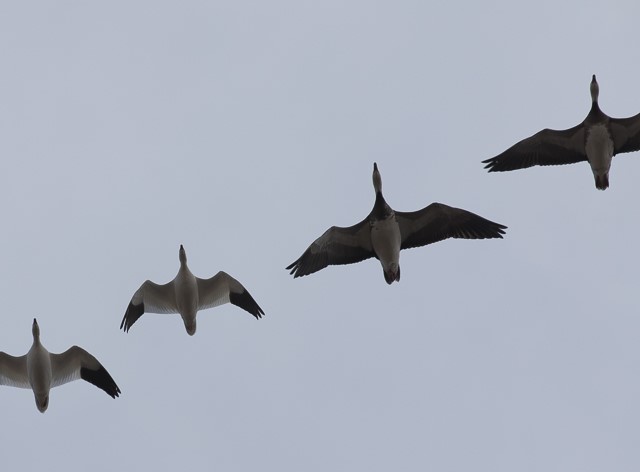
Every day we had a chance to run into several sparrow species including flocks of Tree, skulky Fox, and several varieties of Dark-eyed Juncos along the roadsides. By far the highlight of the sparrow show were several very confiding Harris’s Sparrows seen multiple days that sat perfectly still, one even singing his beautiful song our final morning.
Harris’s Sparrow is a midwestern specialty seen quite well.
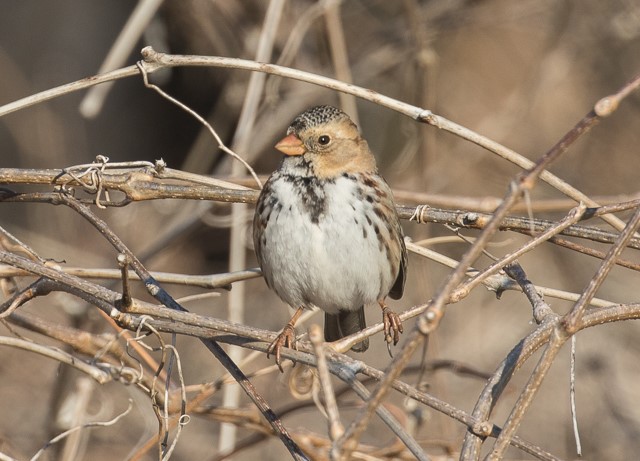
Some ‘Red’ Fox Sparrows popped up nicely.
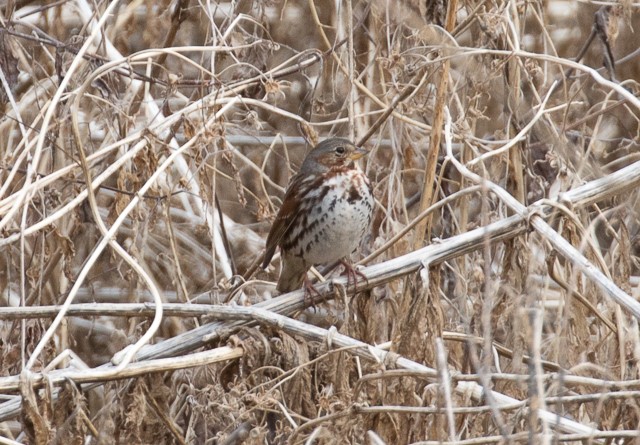
Sandhill Cranes were abundant as we watched at sunset as many of the 600,000 estimated birds came pouring in overhead landing to roost in the safety of the central Platte River. At sunset groups came pouring in drove after drove, still arriving after it was too dark to see. When back at sunrise we heard a cacophony, reminiscent of a screaming crowd in a packed professional athletic stadium. This occurred just
as the cranes took off almost all at once to head out for the day’s forage. This is truly an indescribably experience that needs to be experienced to believe!
Droves of Sandhill Cranes pour in at sunset.
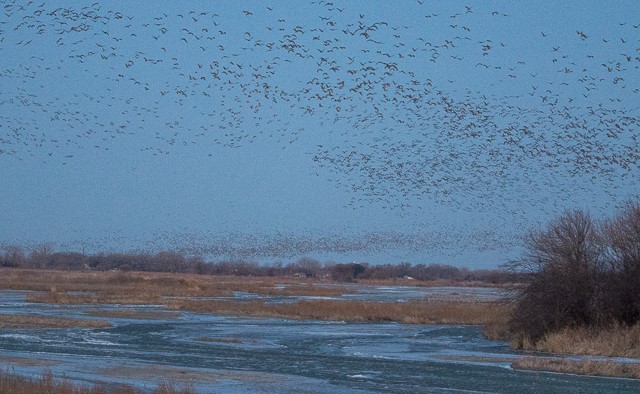

The multi-colored sky over the Platte
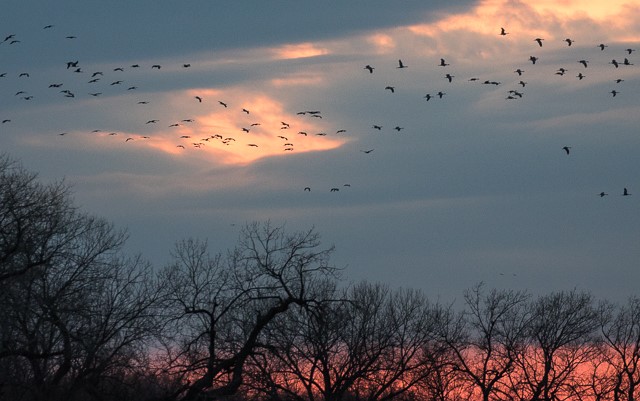
Sandhill Crane flying by in perfect light.
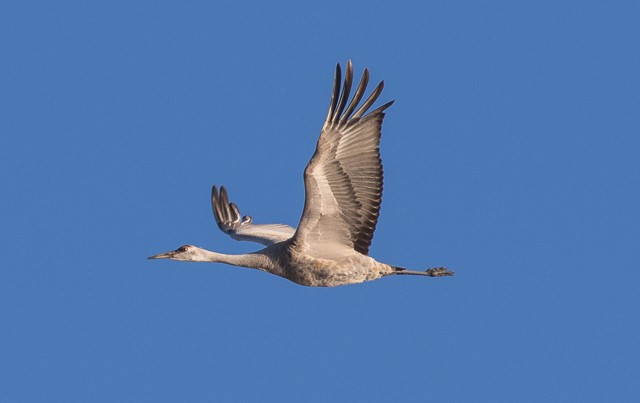
It seemed like an early migration for some species such as American White Pelicans. In the last seven years this species was not detected, being too early in the year for its normal arrival. This year however was an exception, with pelicans seen multiple days, and quite close at times revealing their breeding ‘knobs’ adorned this time of year.
American White Pelicans were sporting nice knobs.
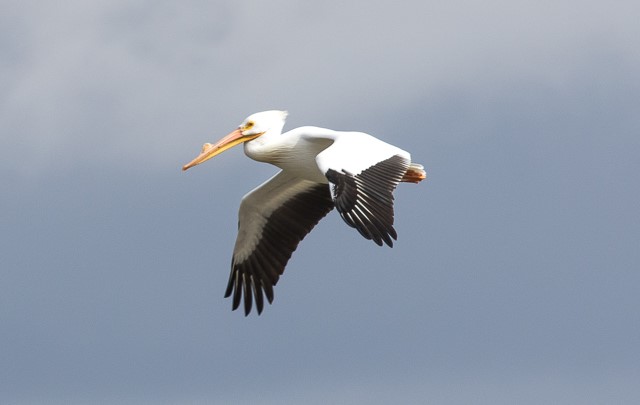
At any point during the trip if there was a loud noise and flocks of birds taking off it was surely a sign that the predominant aerial predator was nearby. Bald Eagles of all ages cruised up and down the Platte regularly looking for any cranes or waterfowl that may not have made it through the night. These massive birds thrive in this area and rely on their opportunistic feeding methods to survive.
Bald Eagles were on the constant lookout for an easy meal.
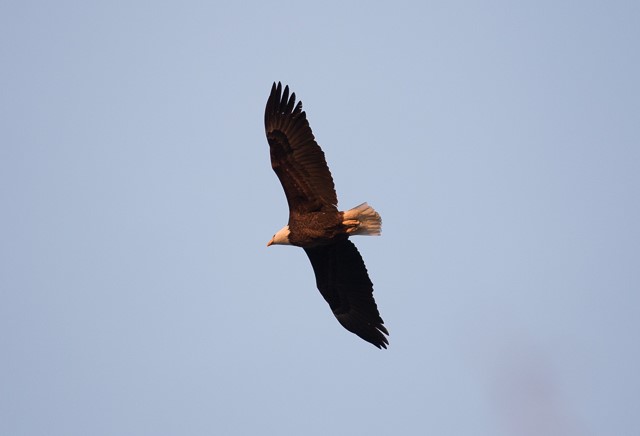
Shorebirds are few and far between on this tour and besides the American Woodcock we saw displaying our first night, a Greater Yellowlegs was the only other wader we came across. It was neat hear it calling from afar and eventually land on the frozen river right in front of us. It must have been cold because it didn’t stay long, eventually taking off to find a warmer place to spend the morning. We weren’t far behind it!
A Greater Yellowlegs on the icy Platte.
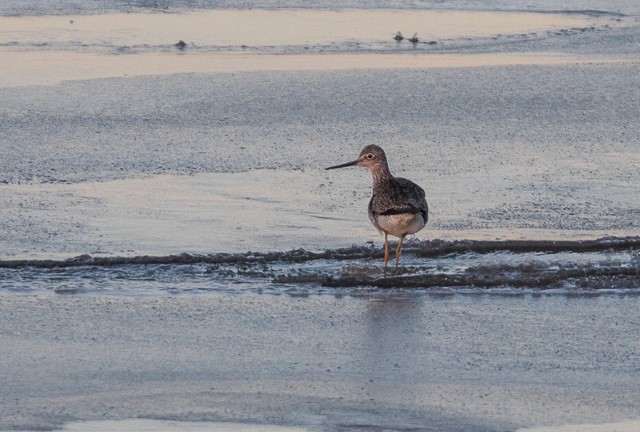
A memorable moonrise over the trees one morning

A Bison at the Crane Trust


